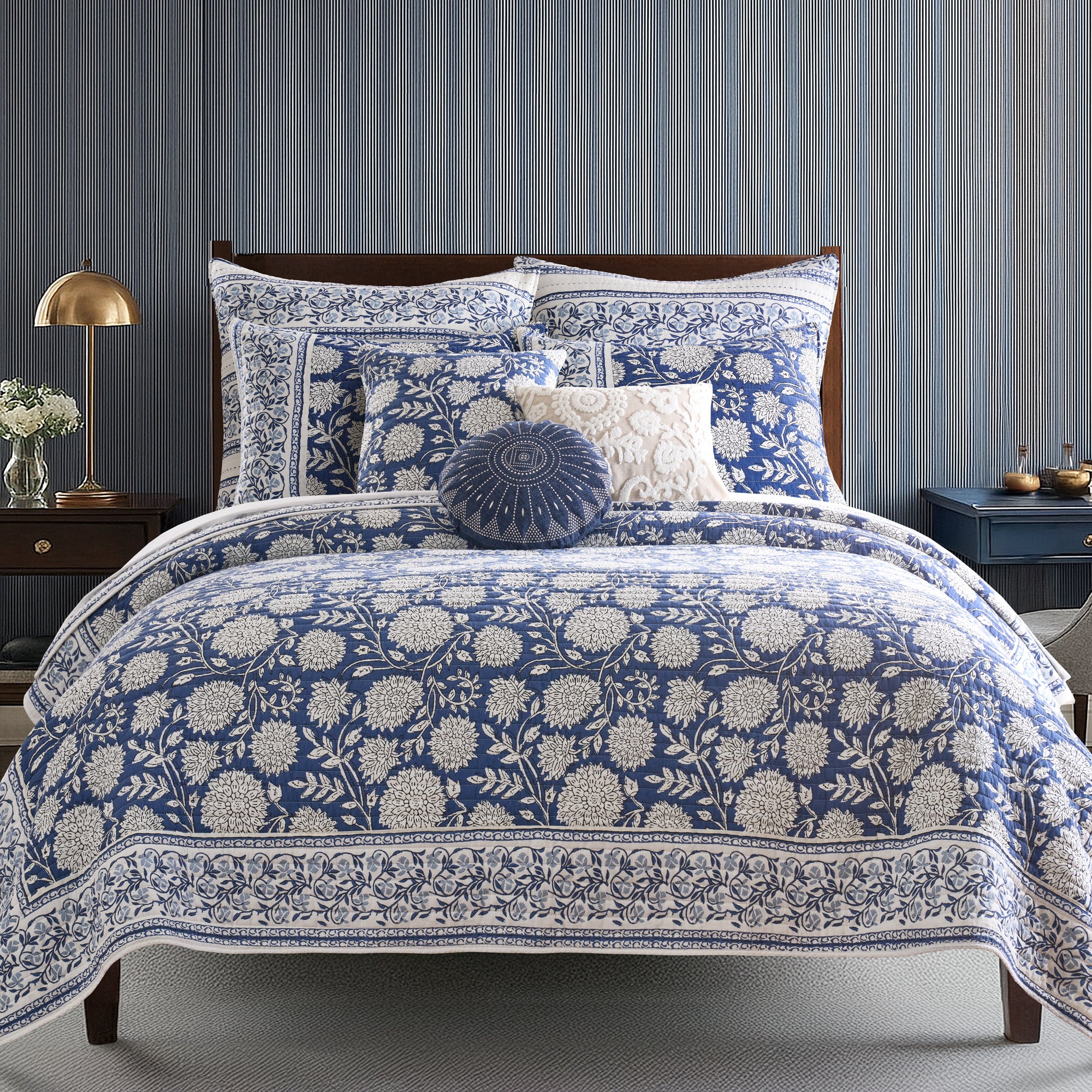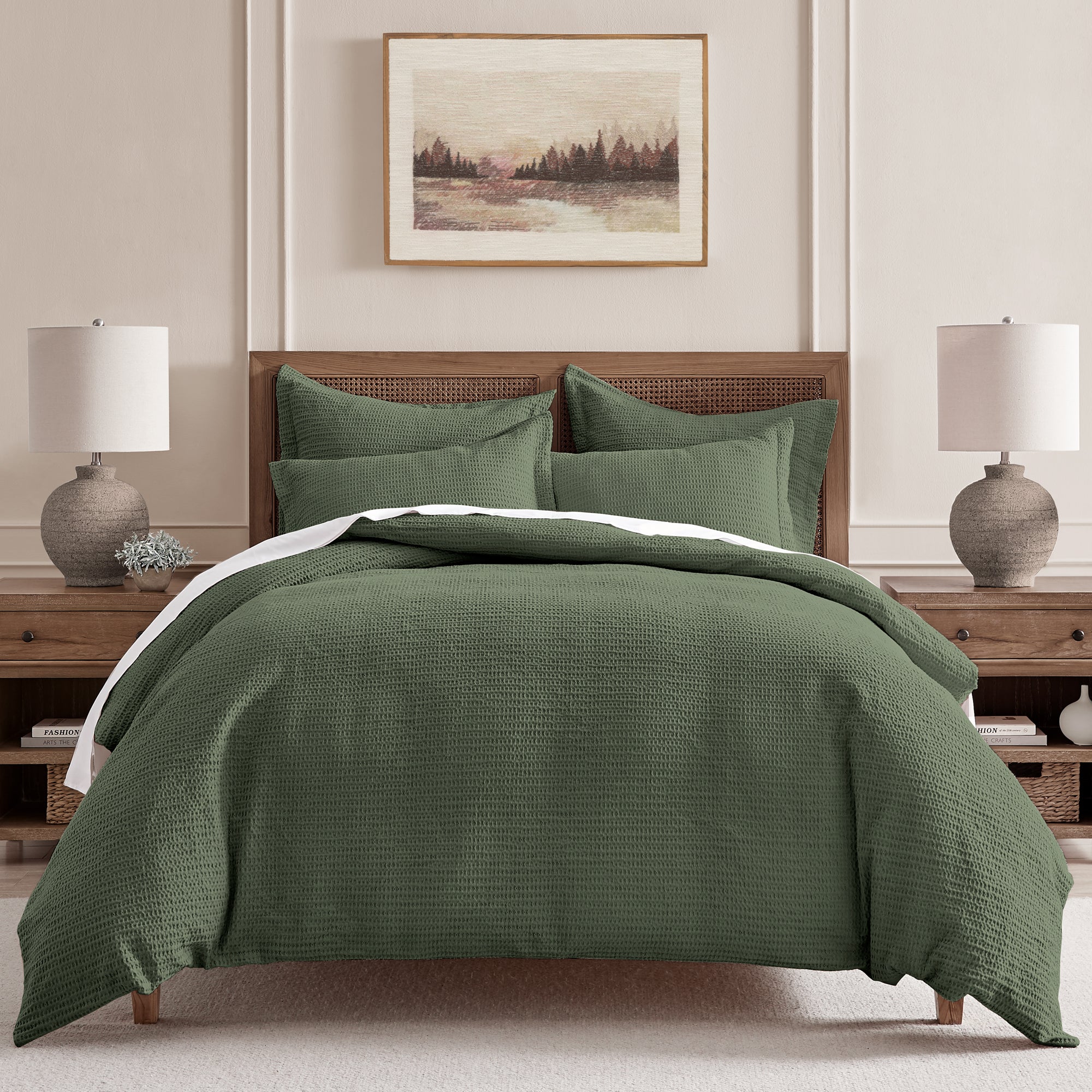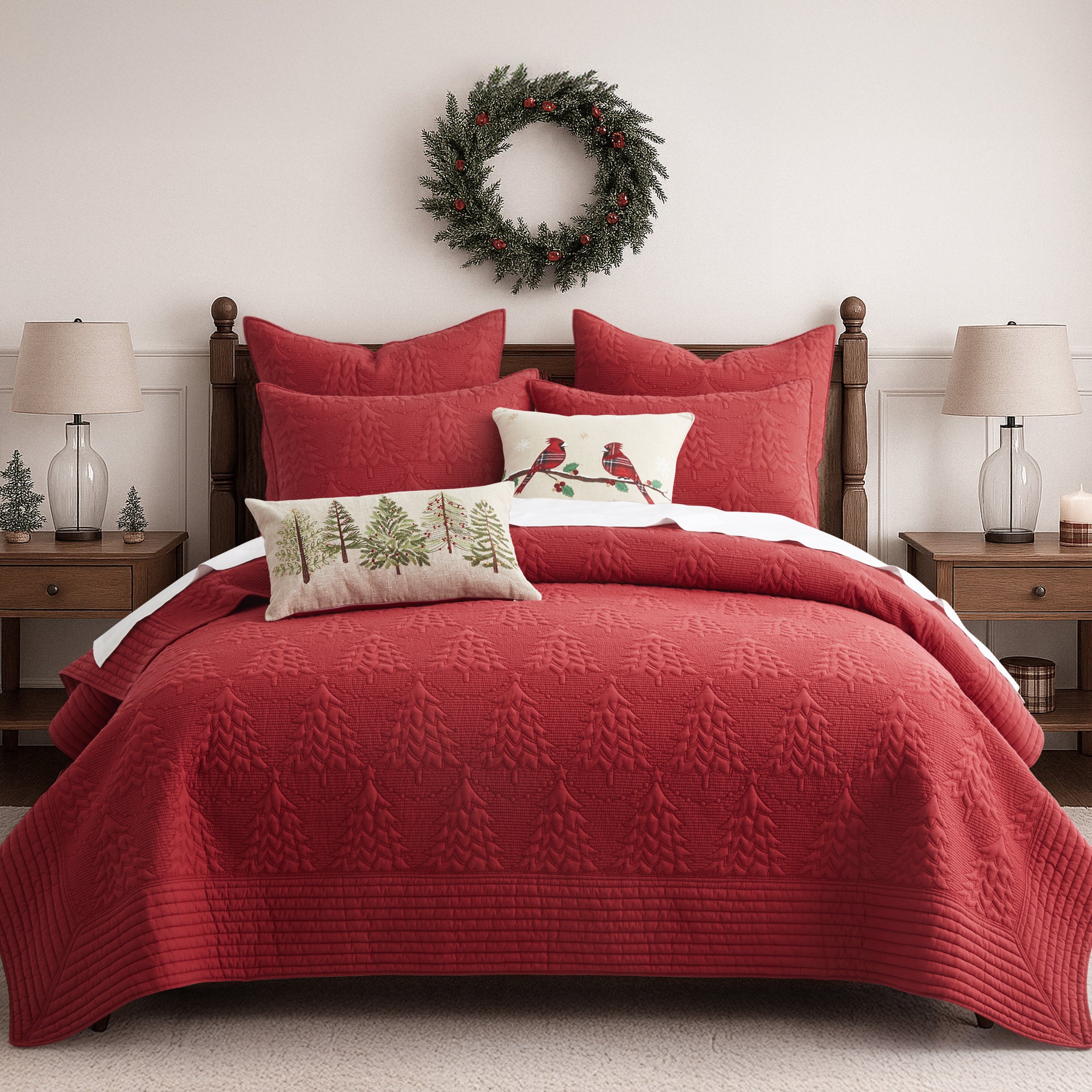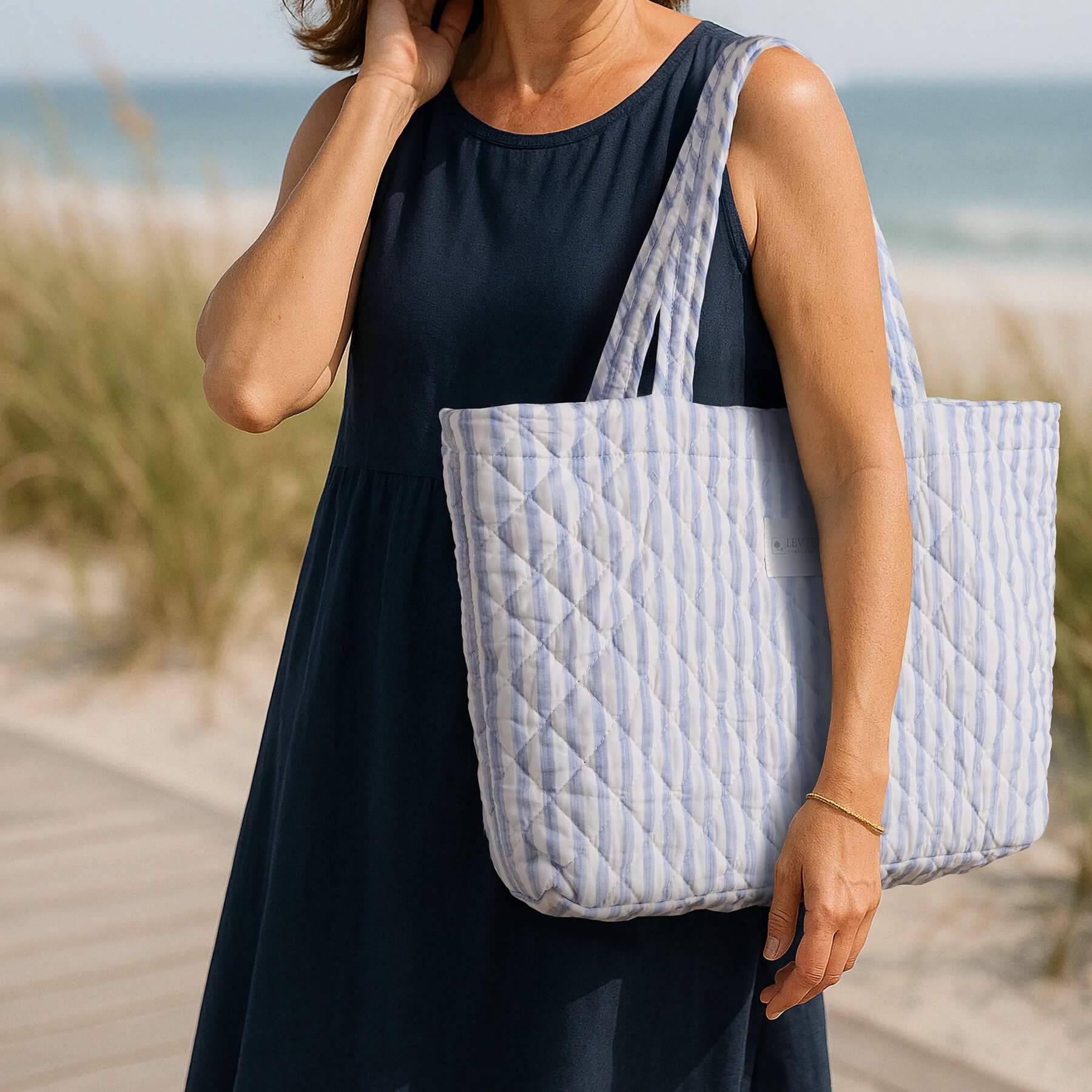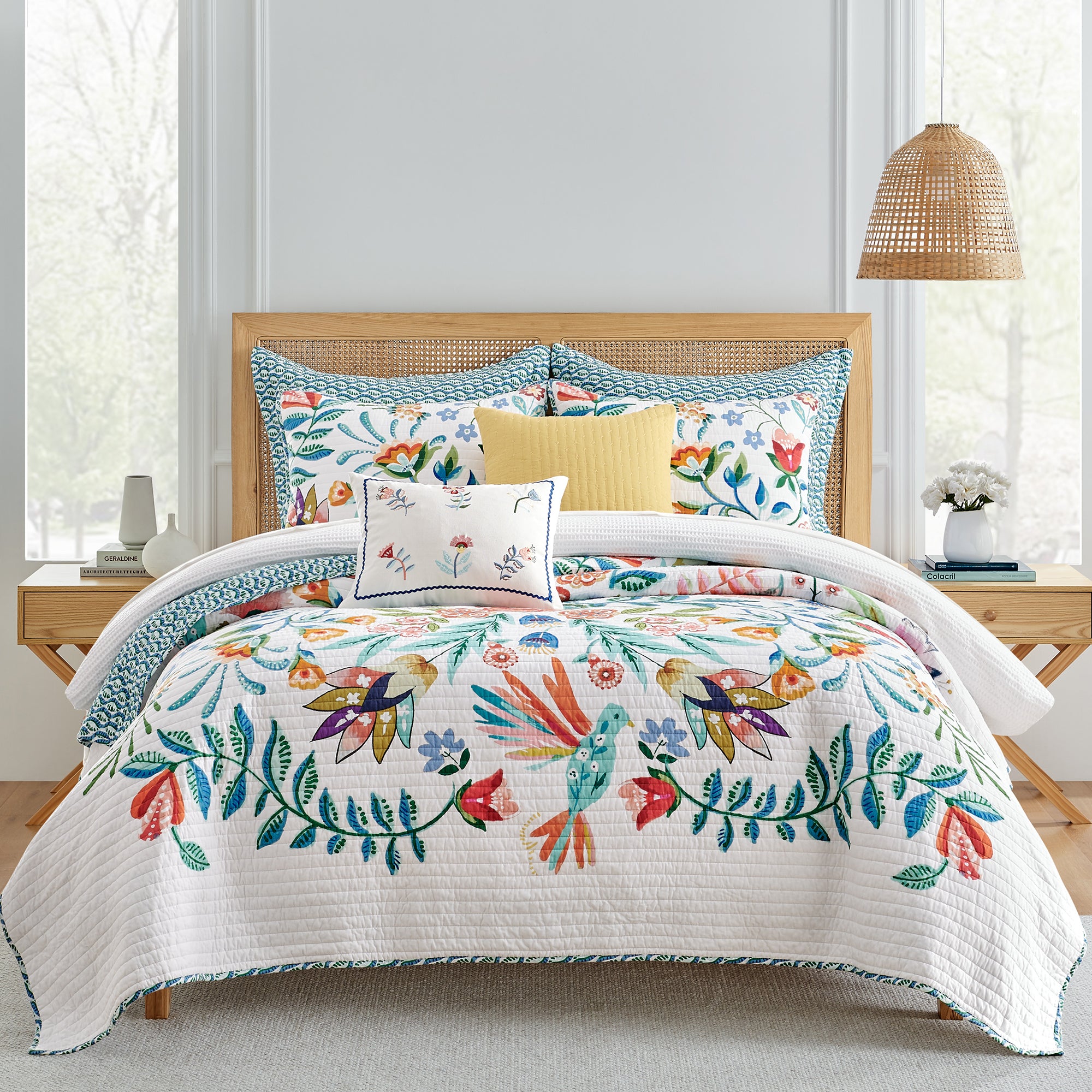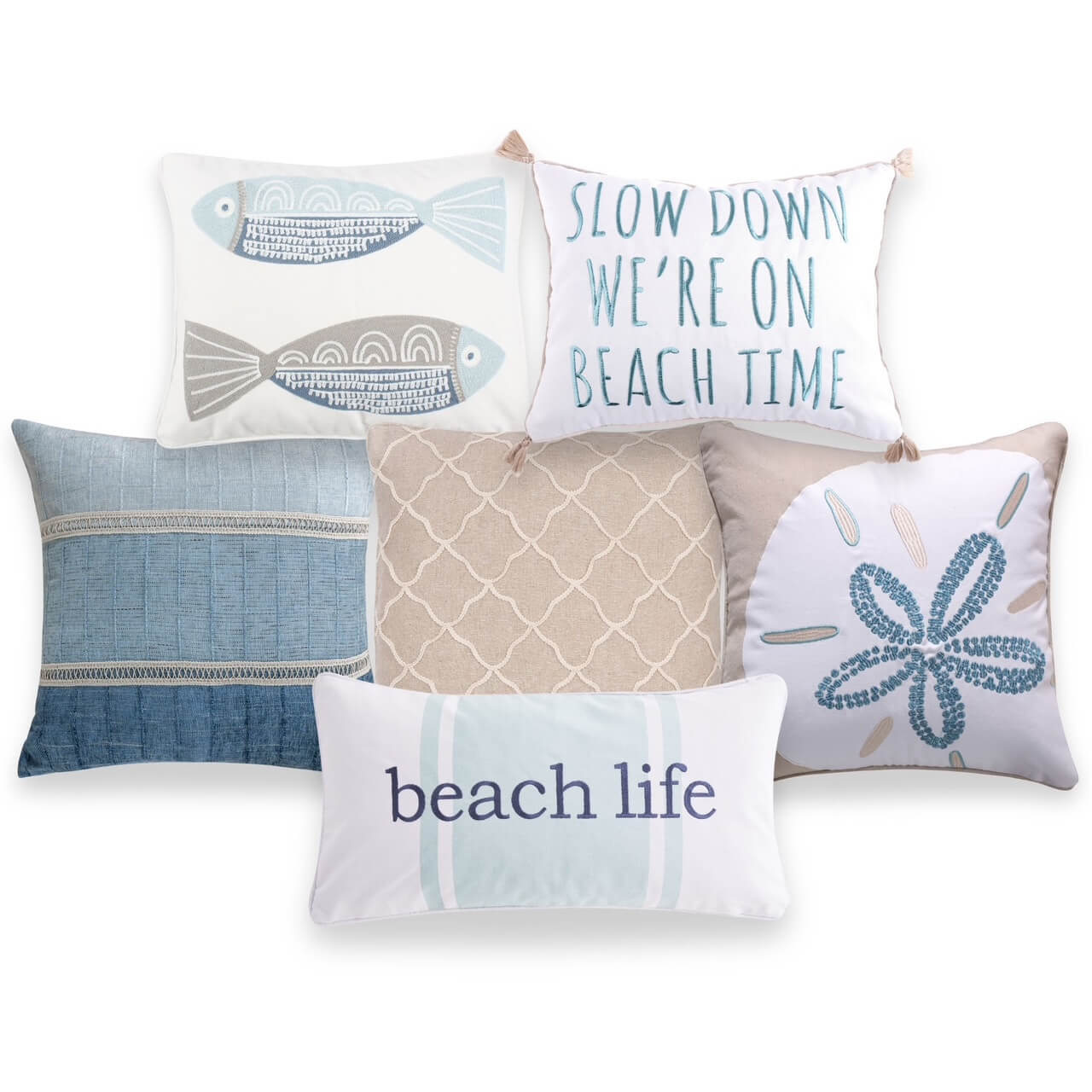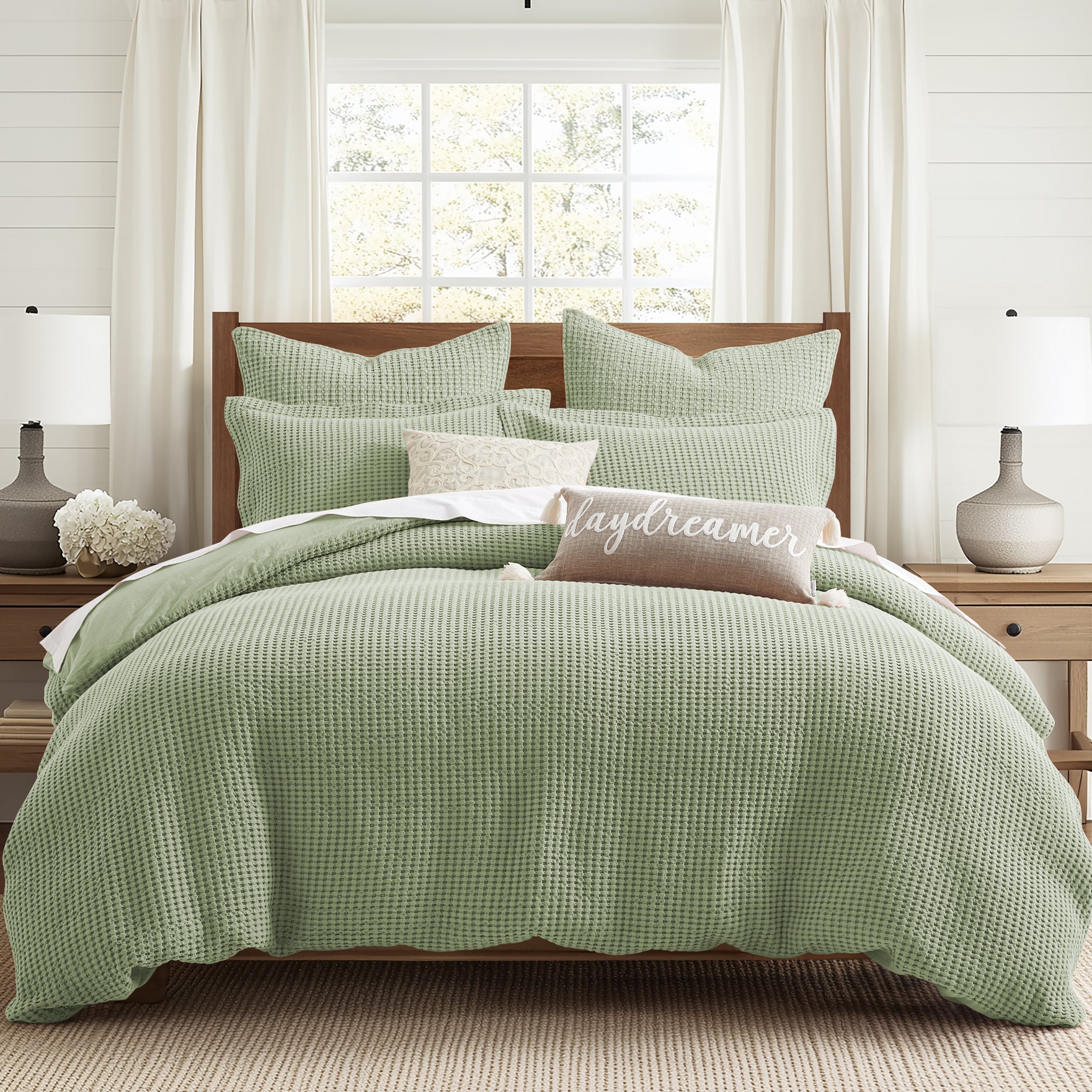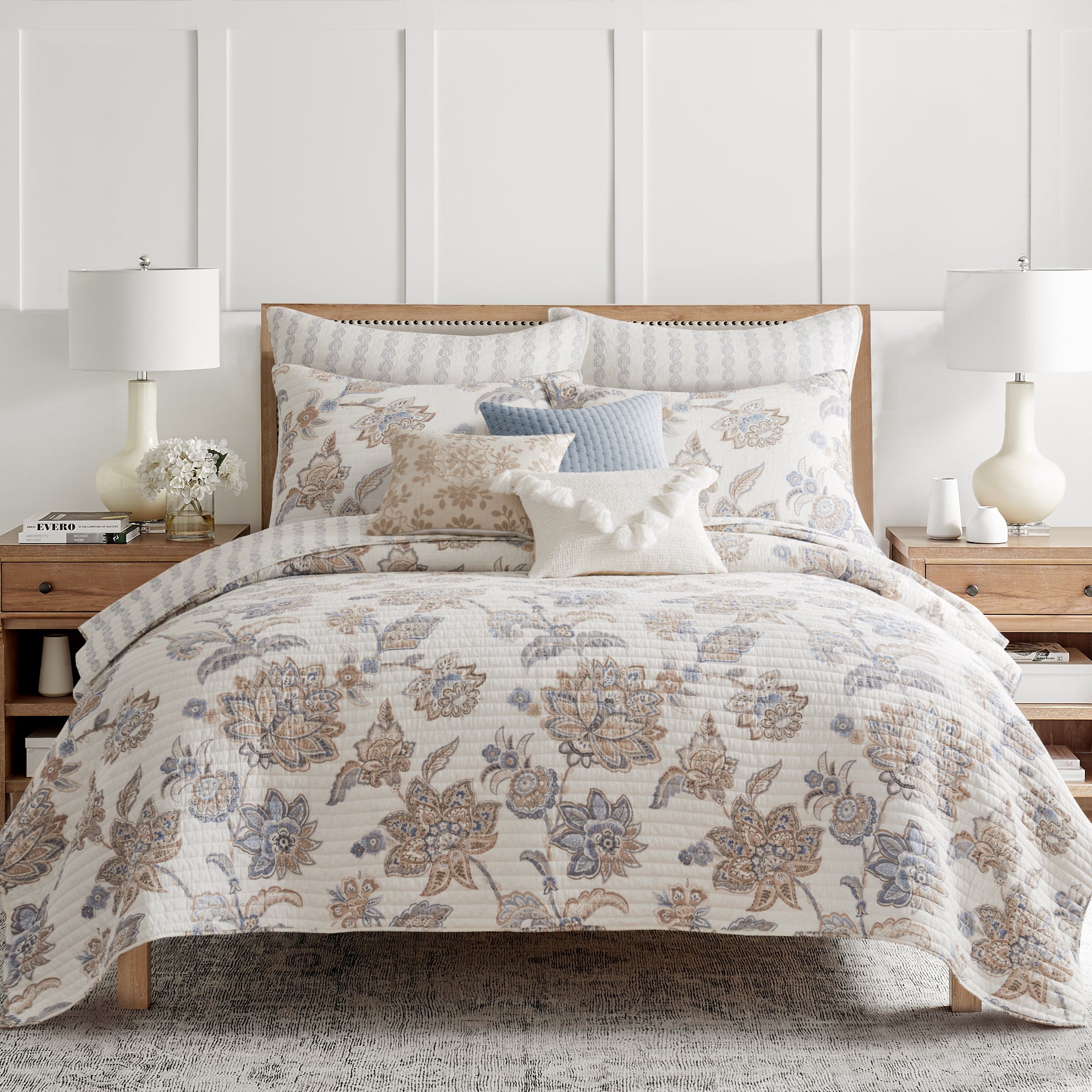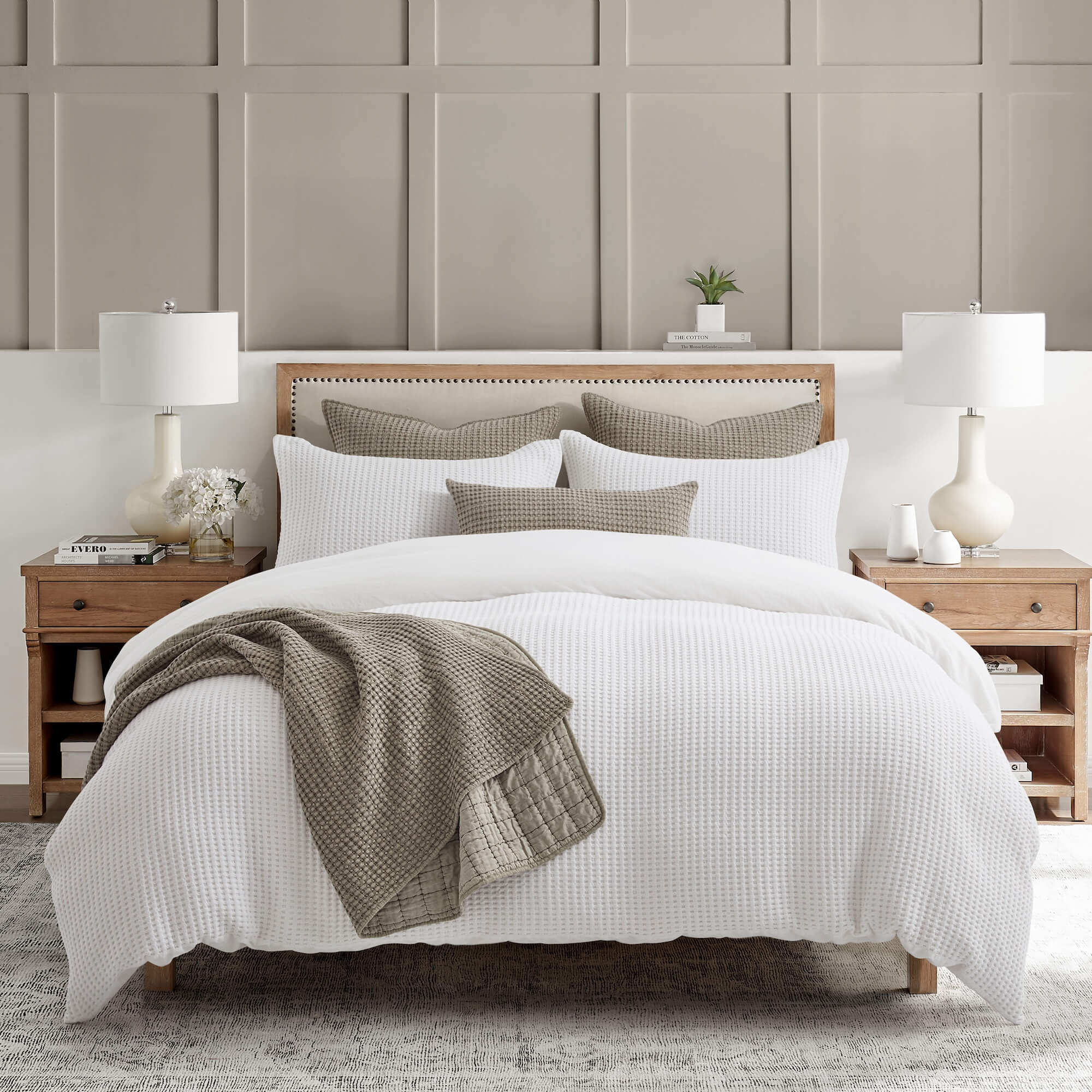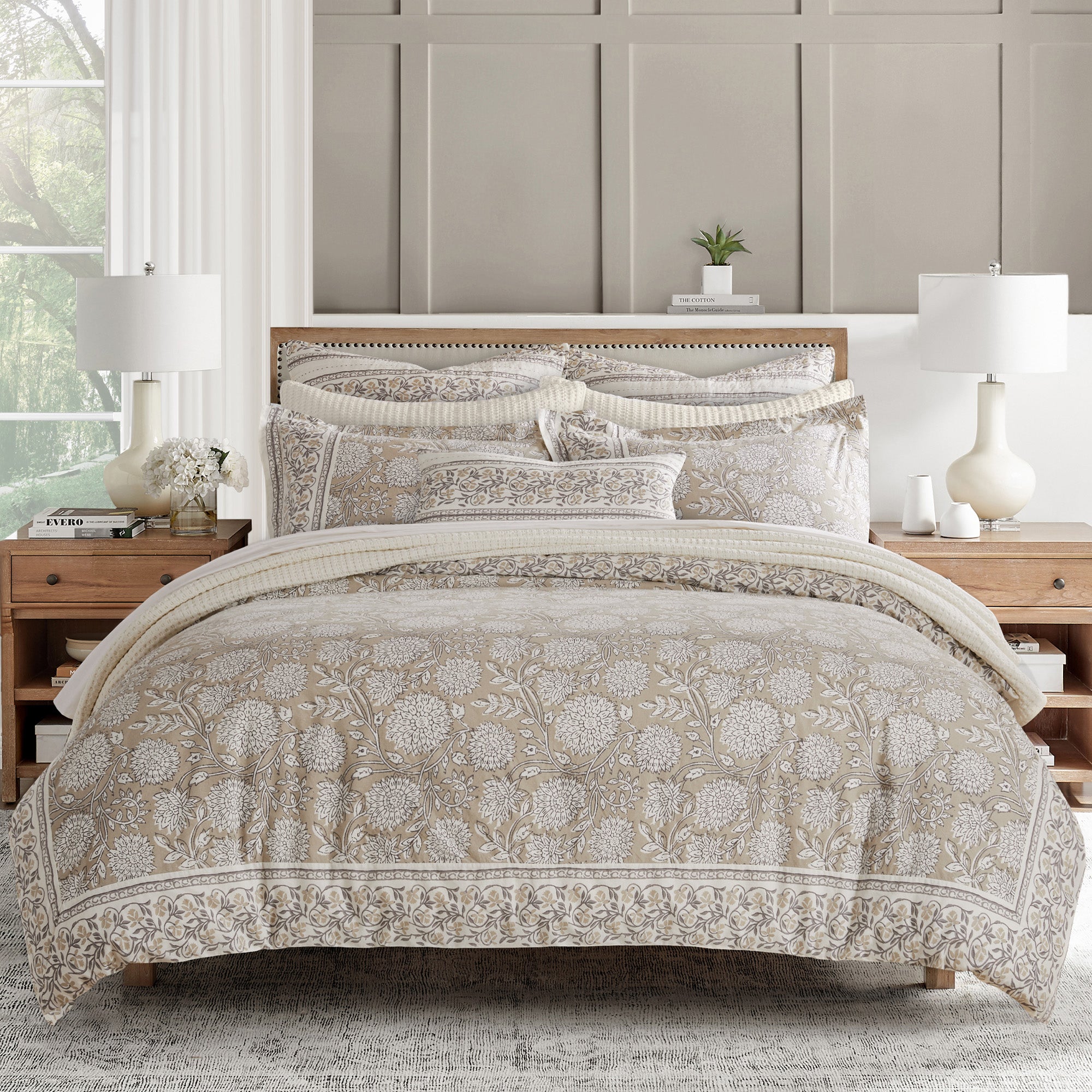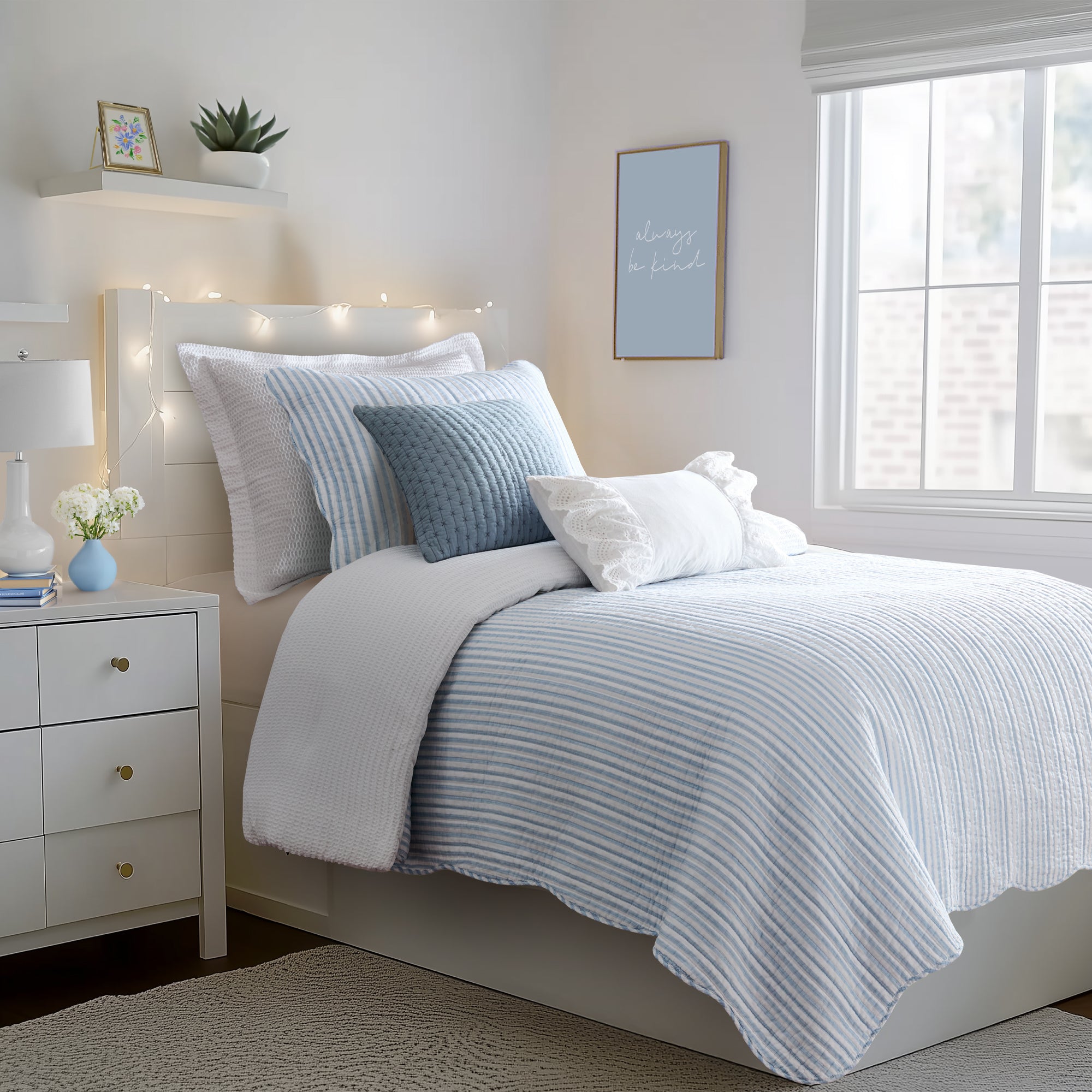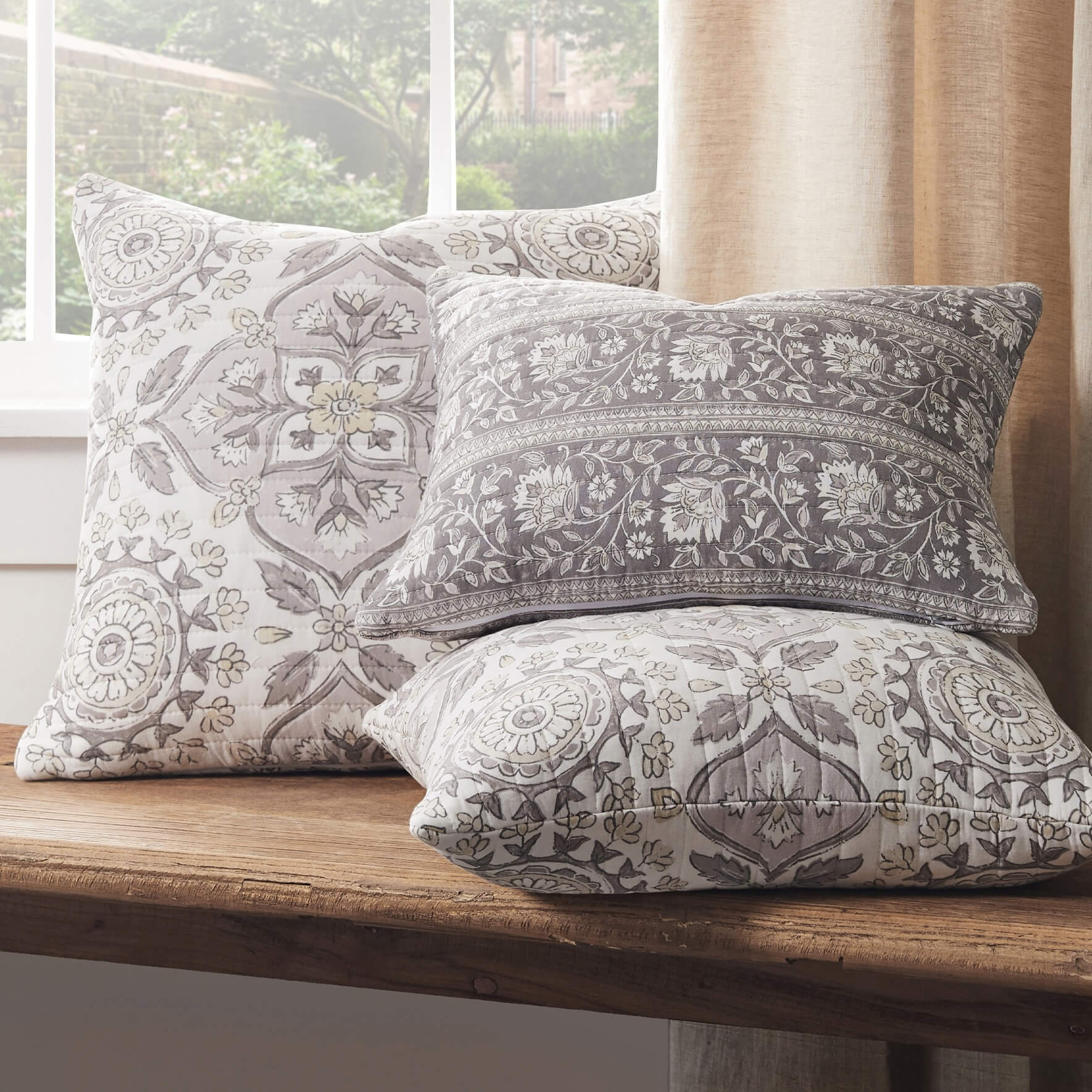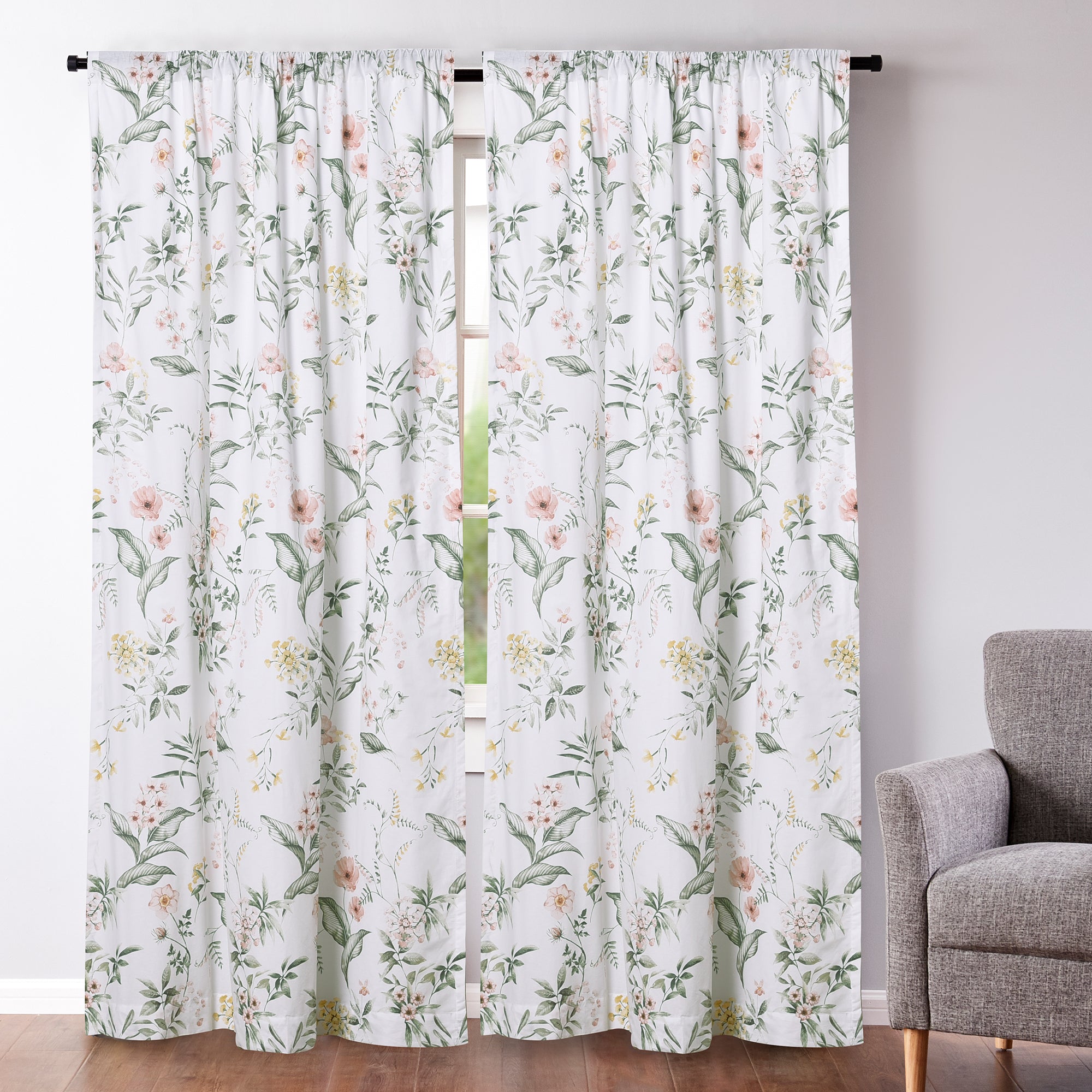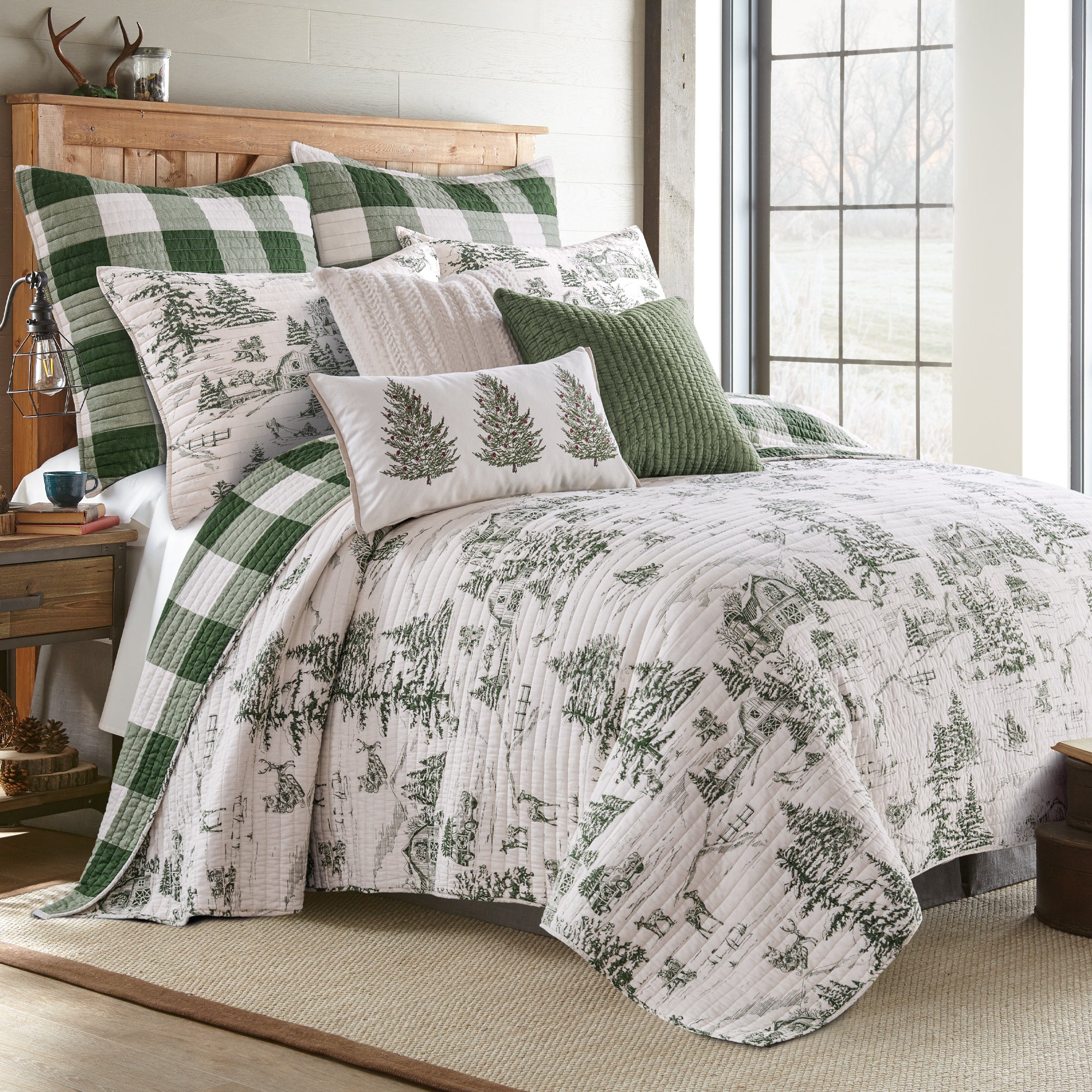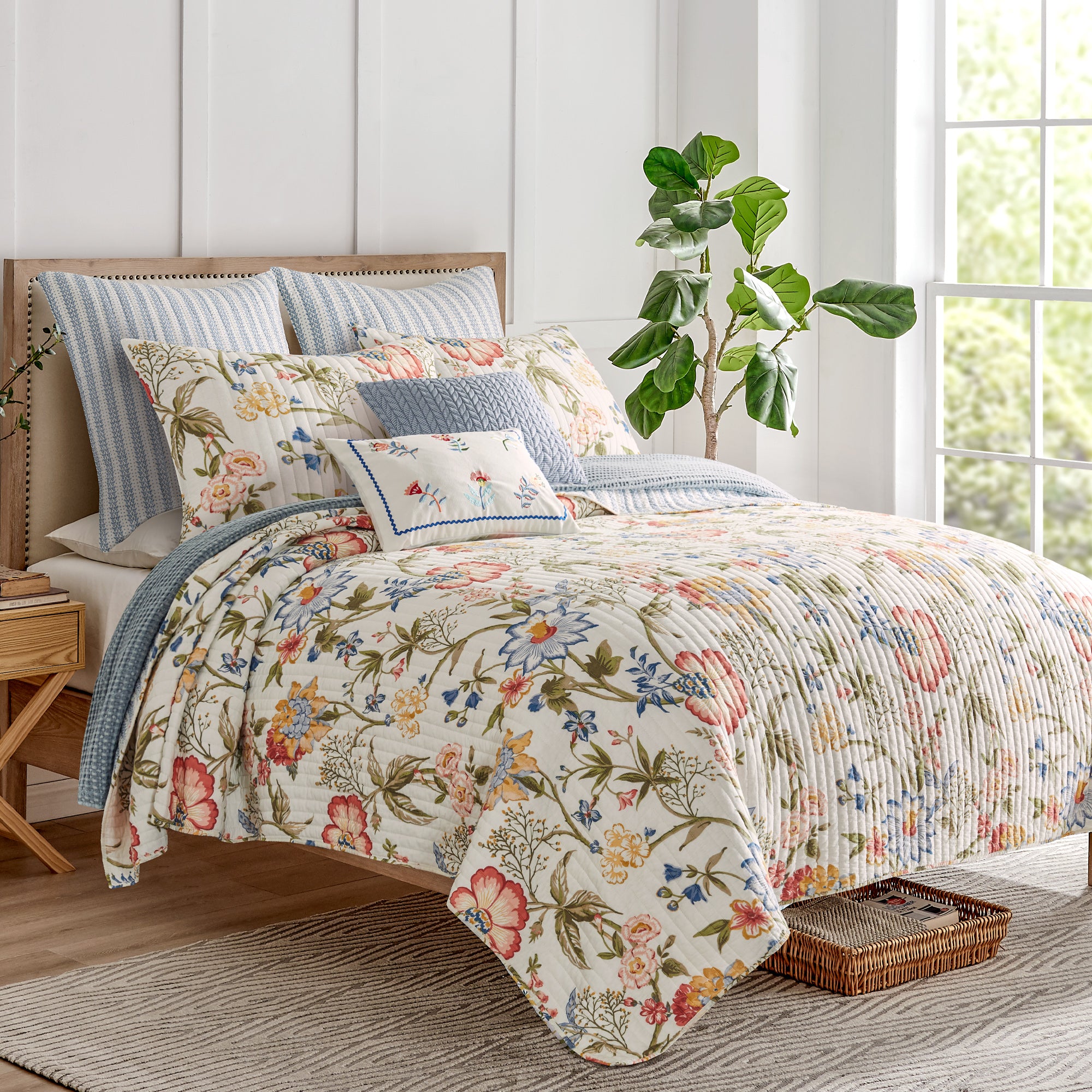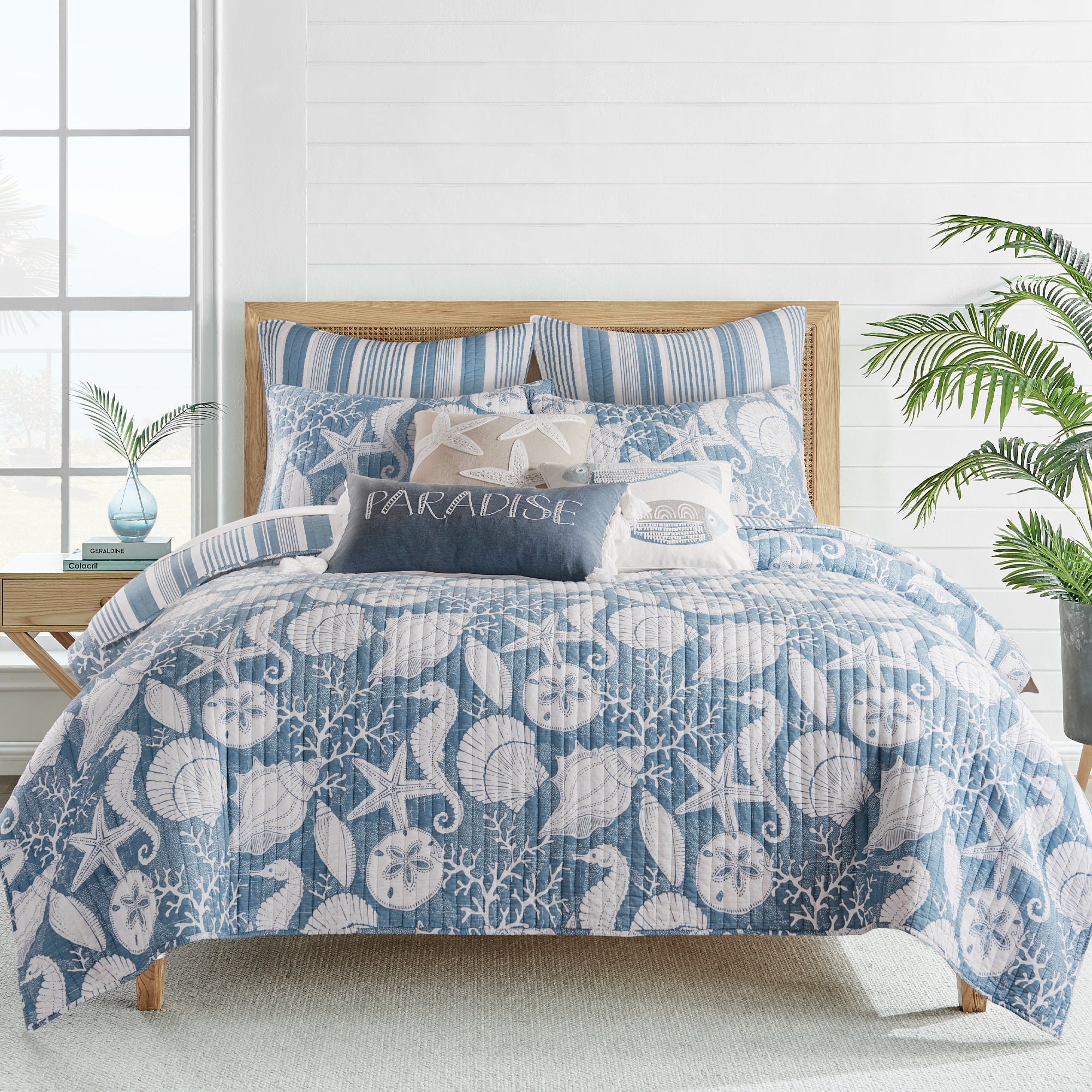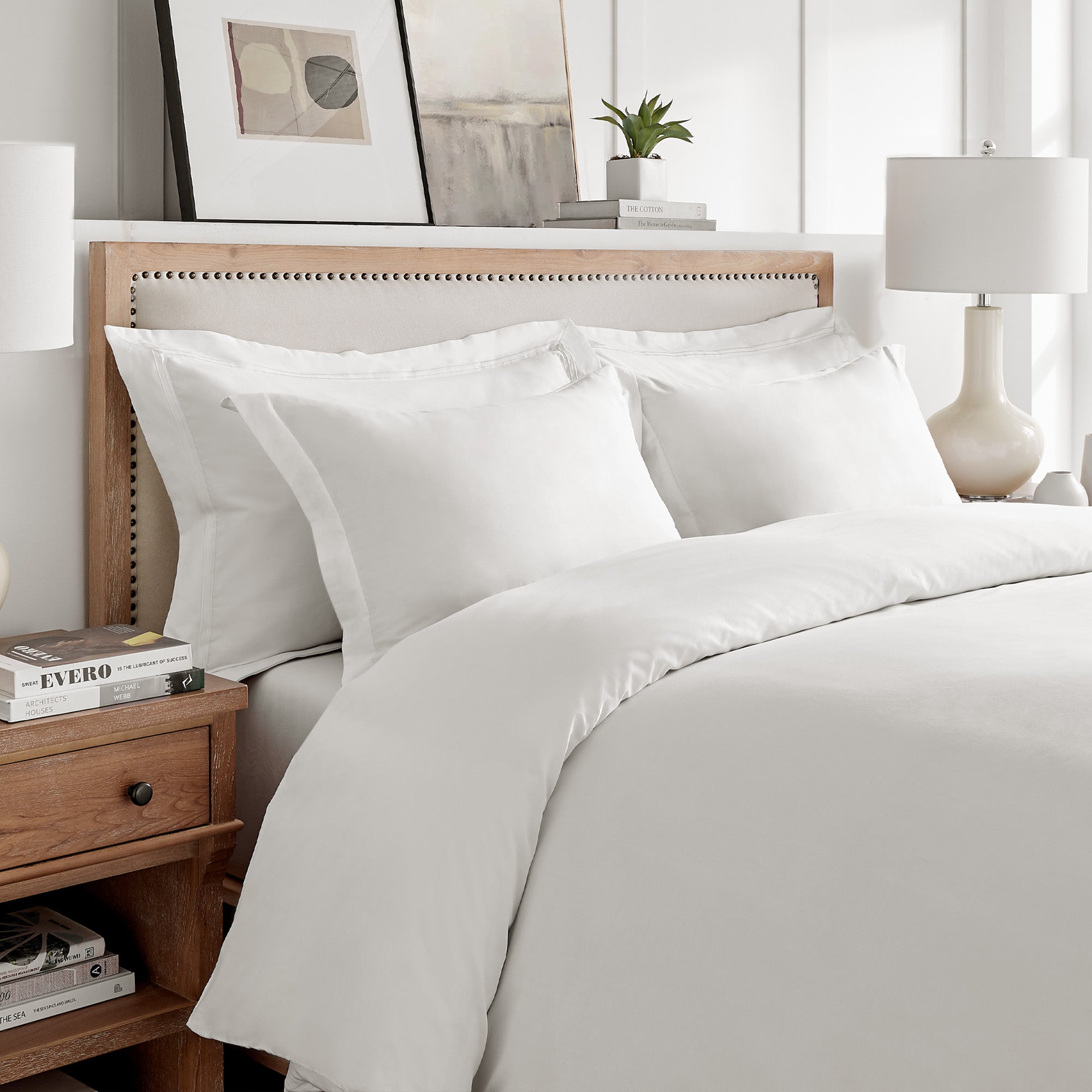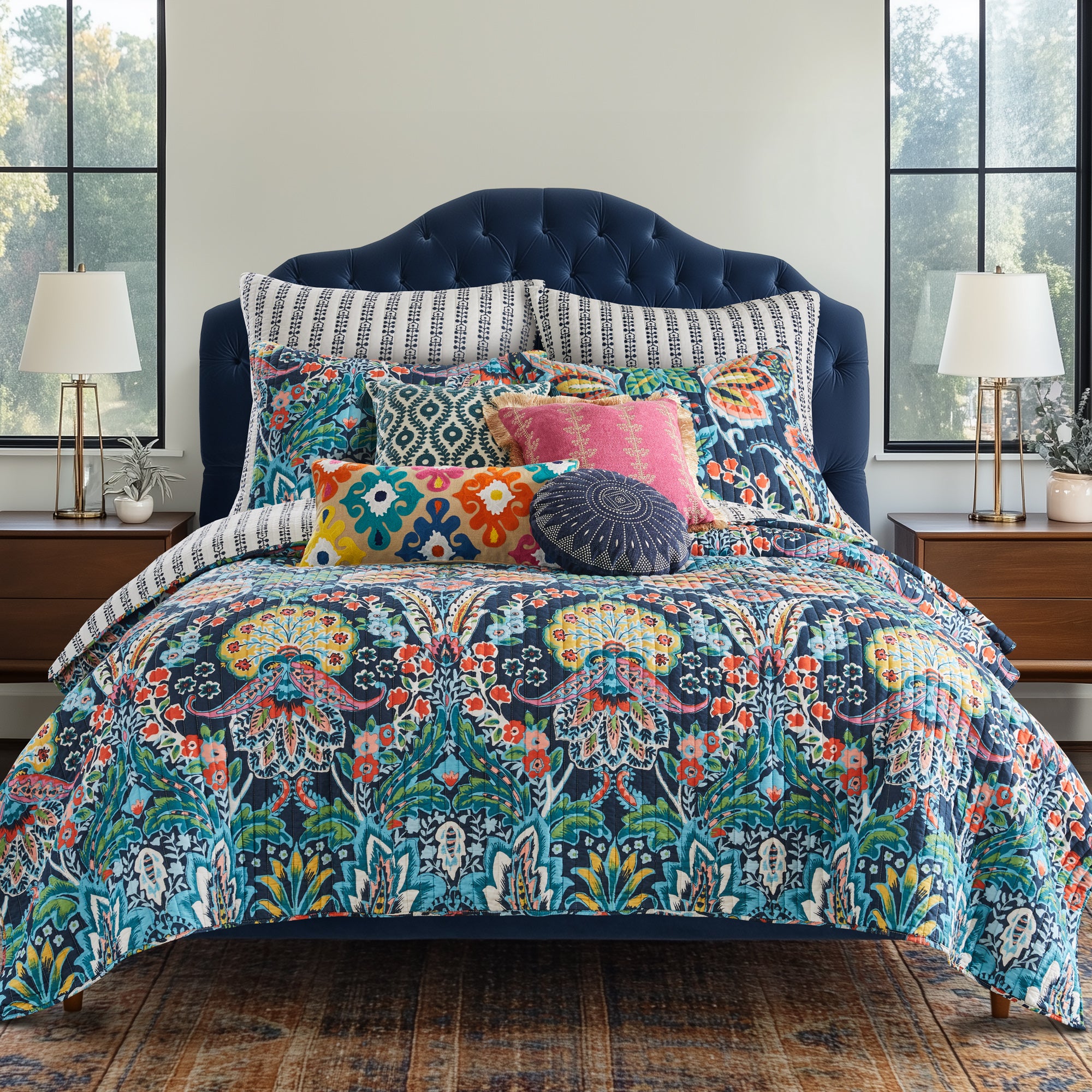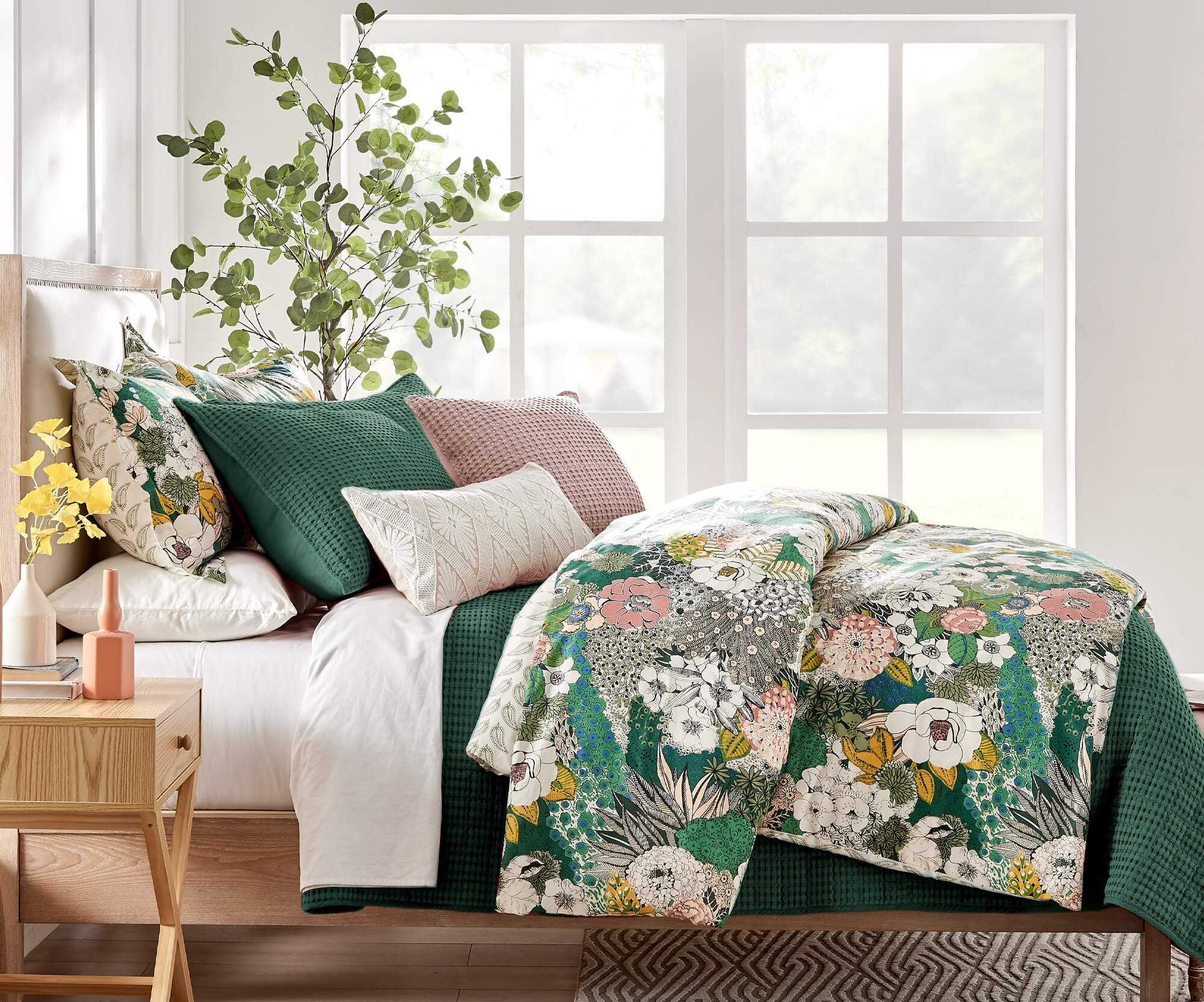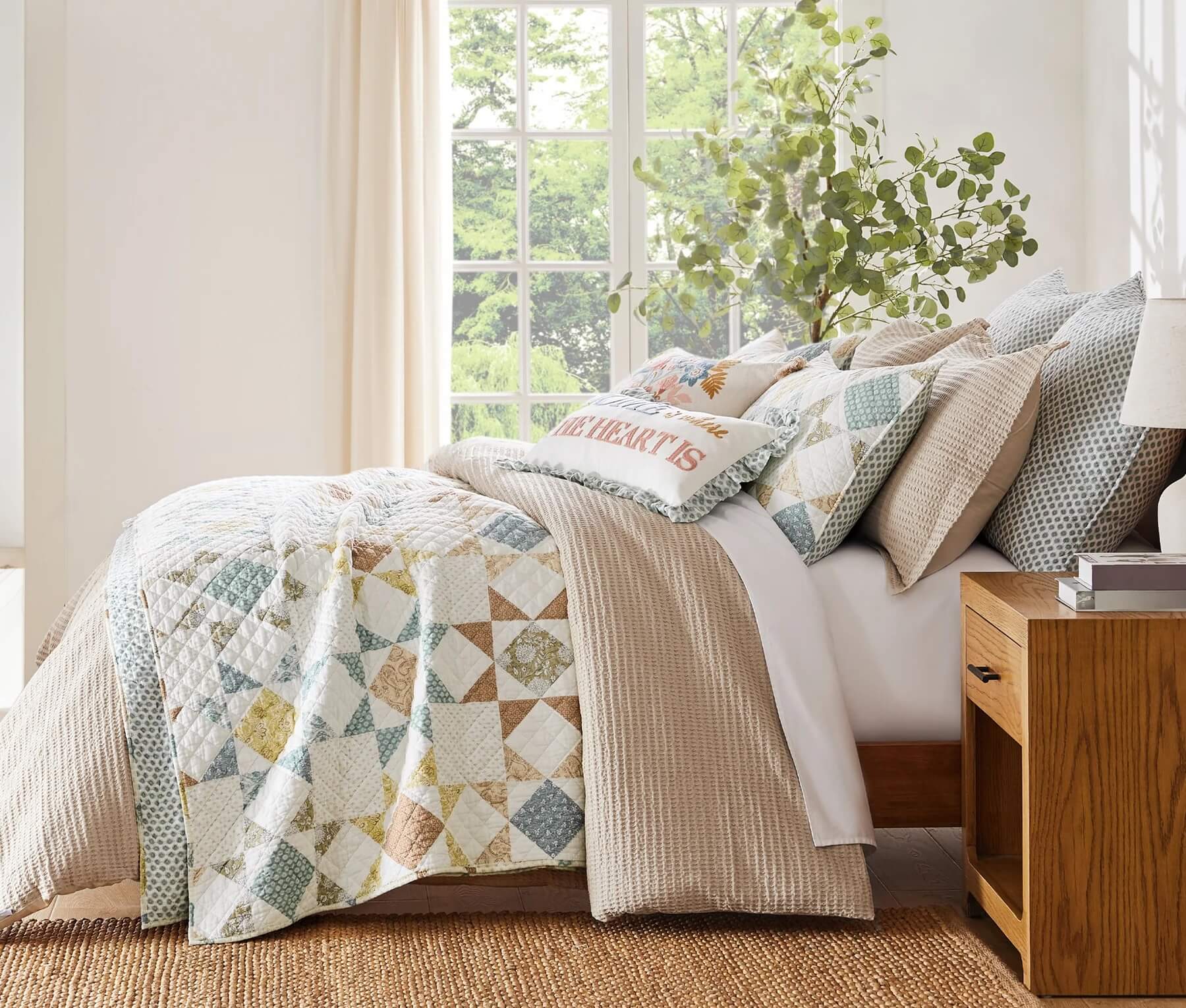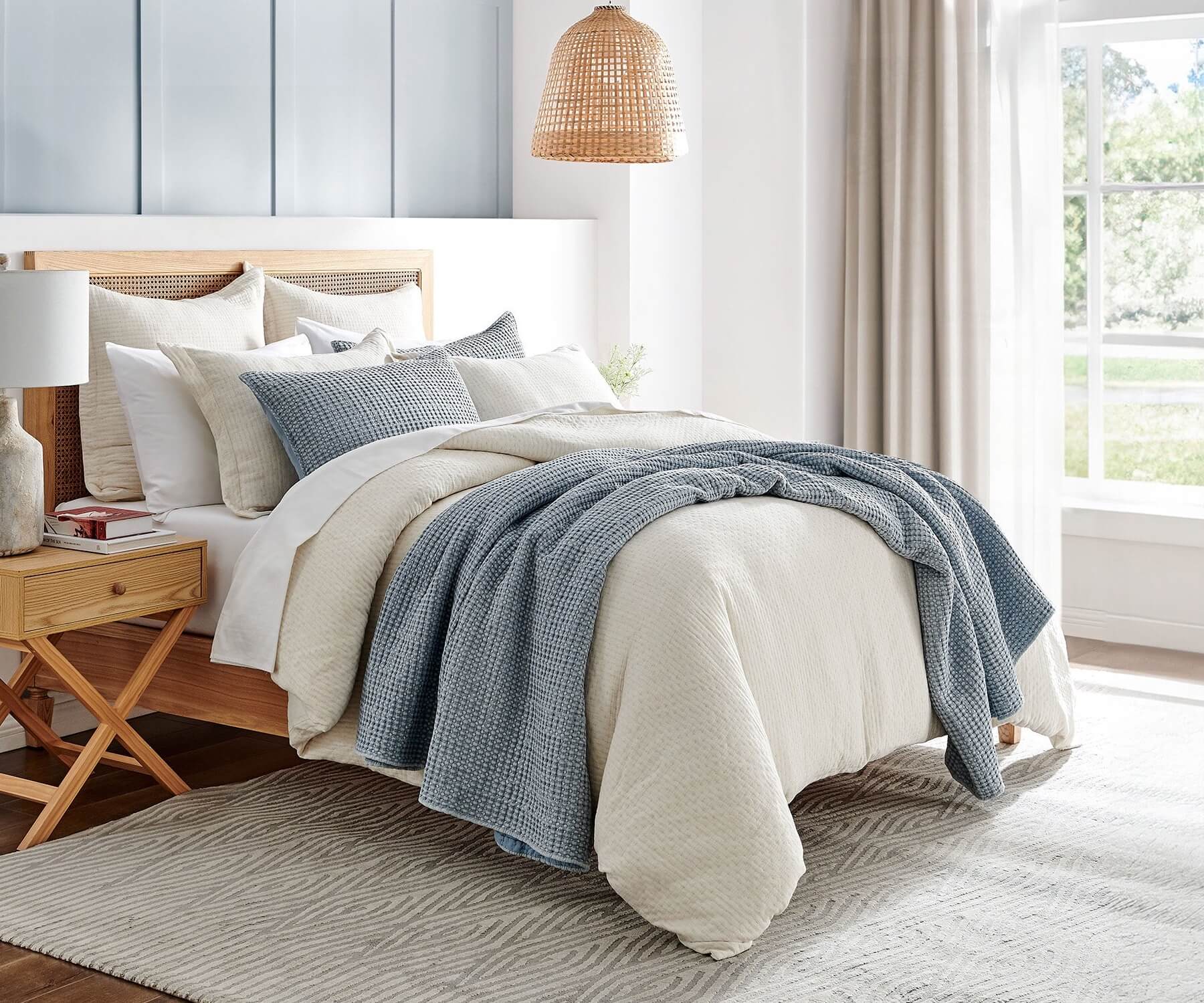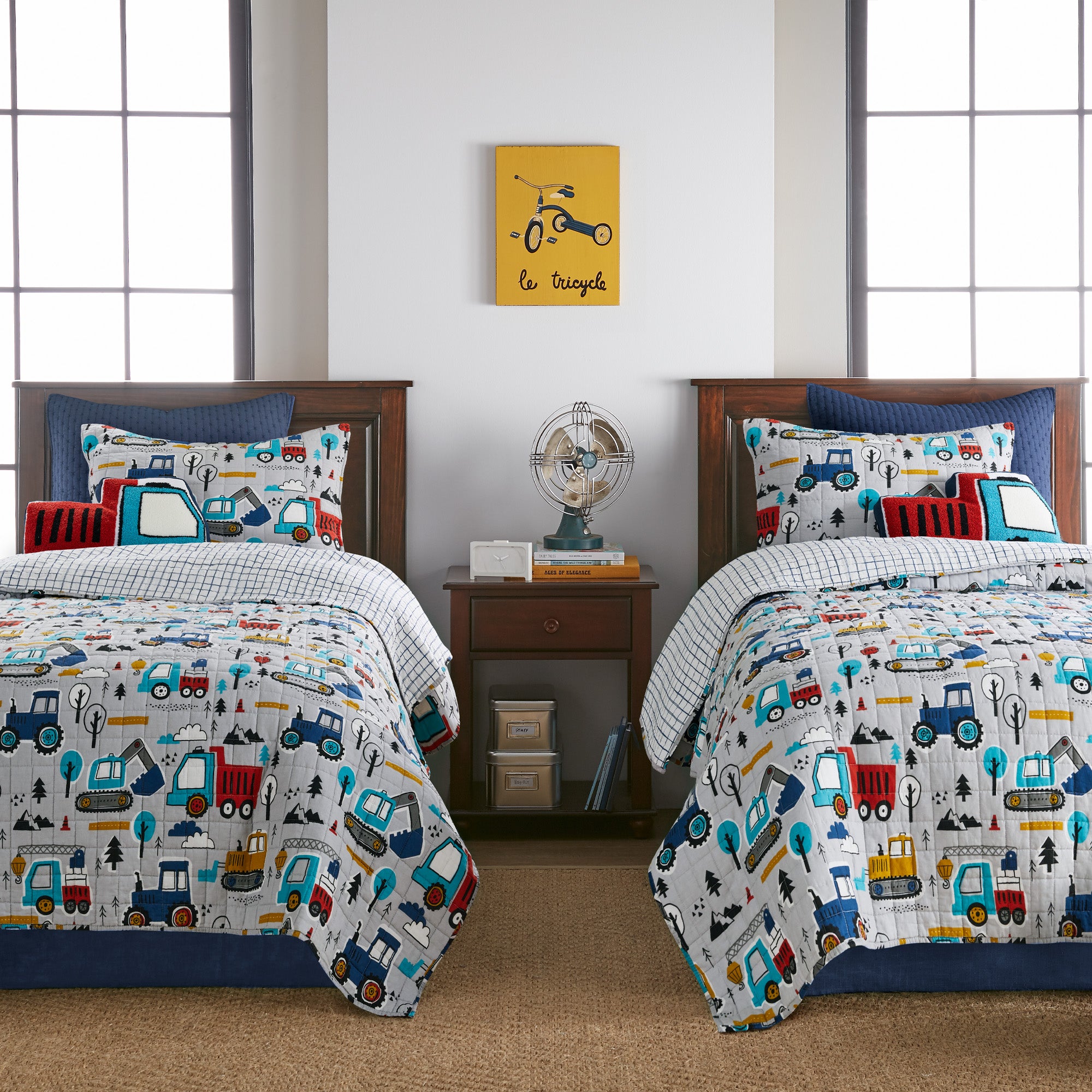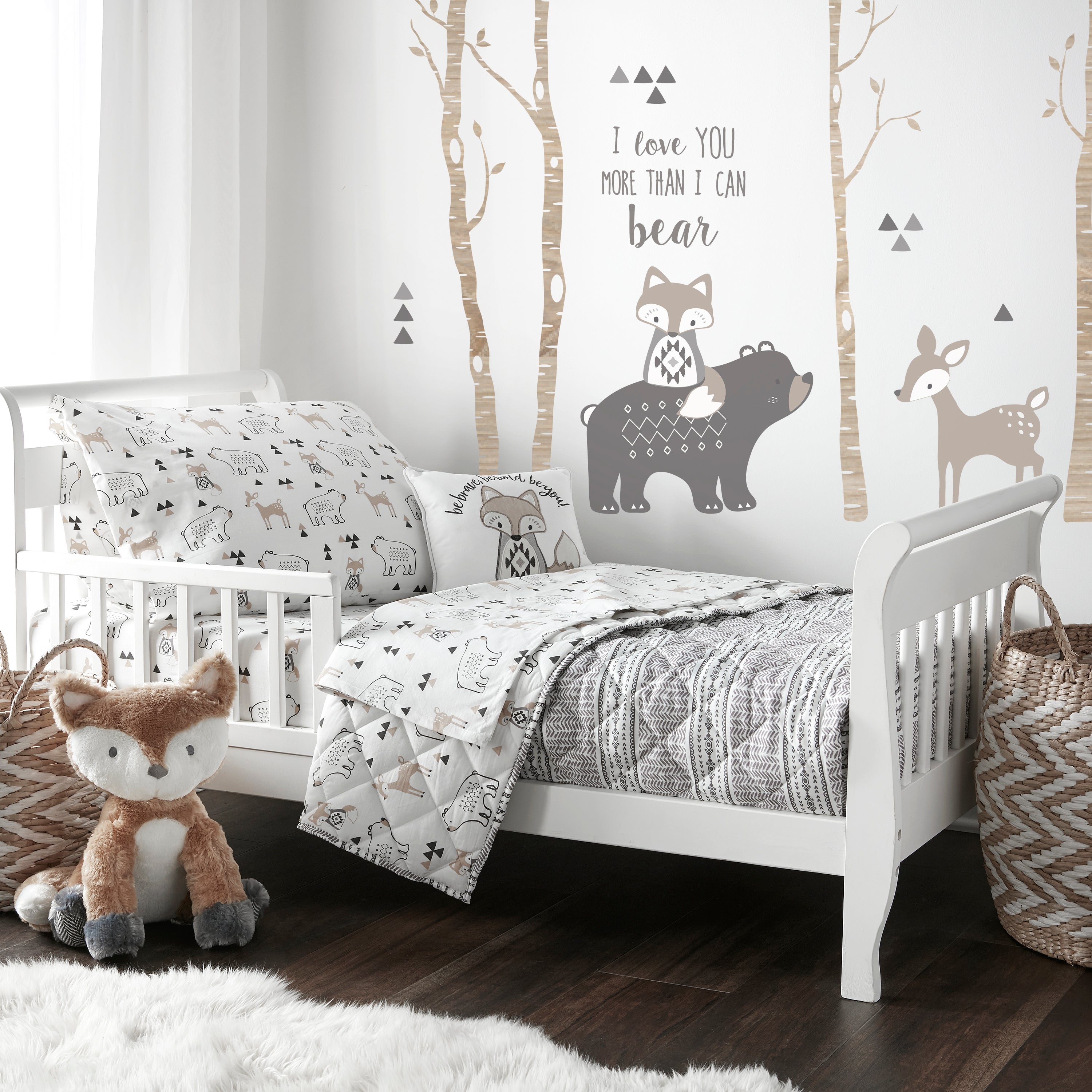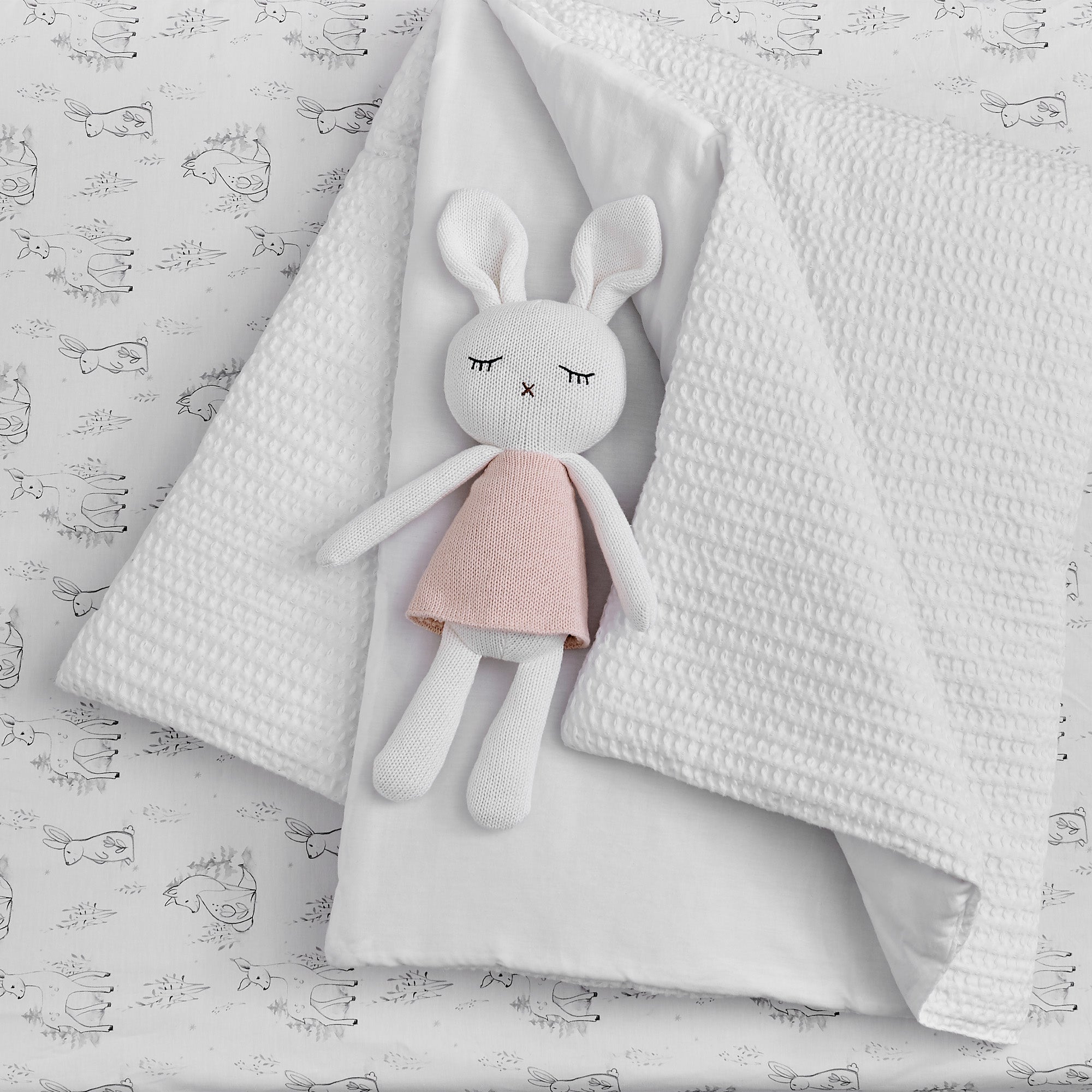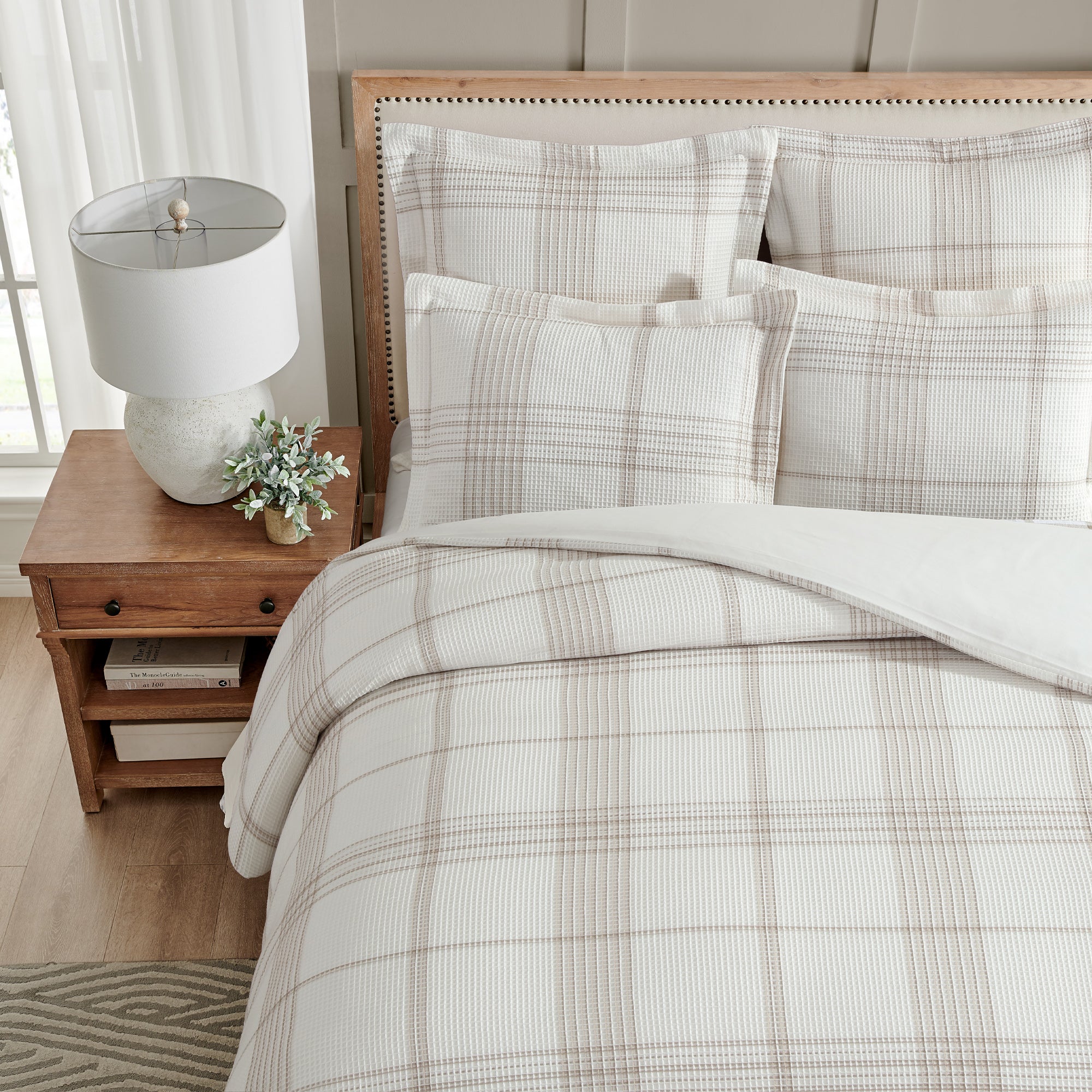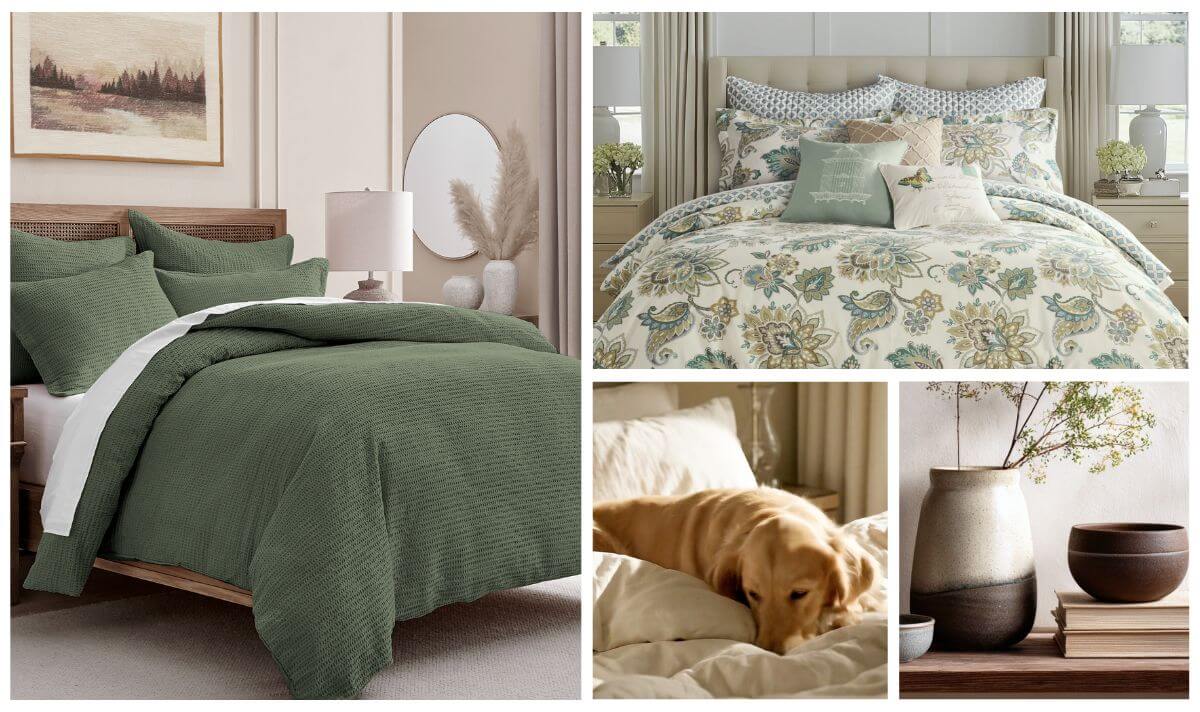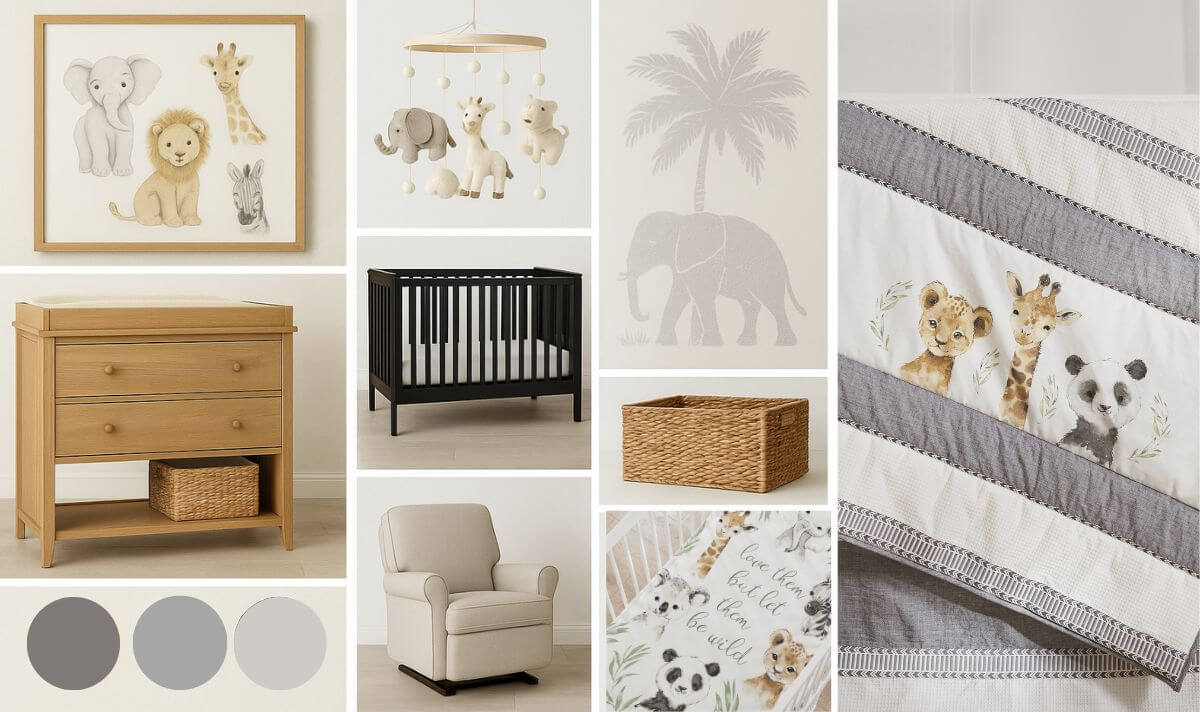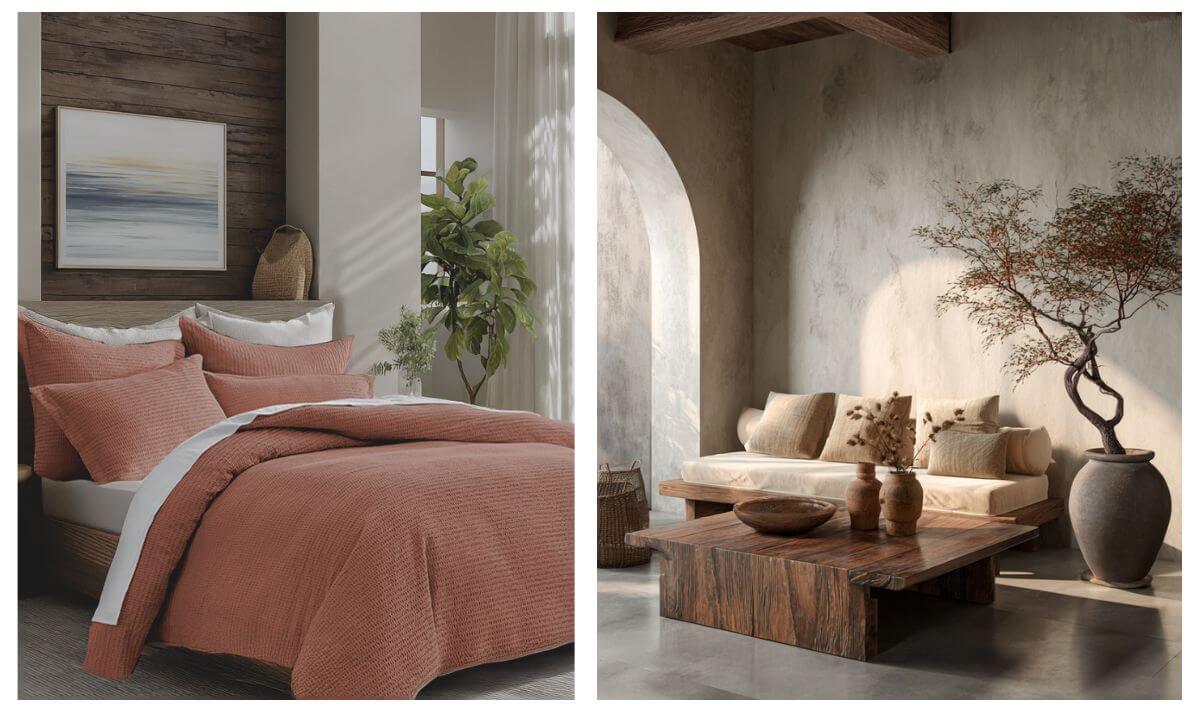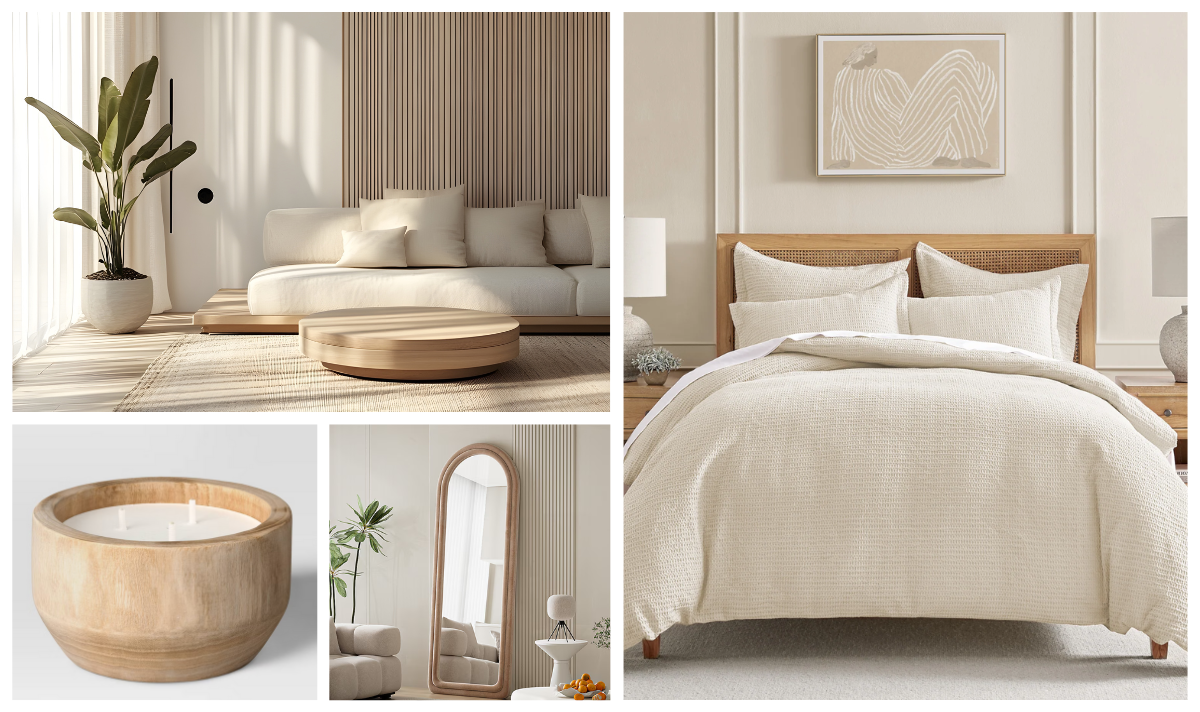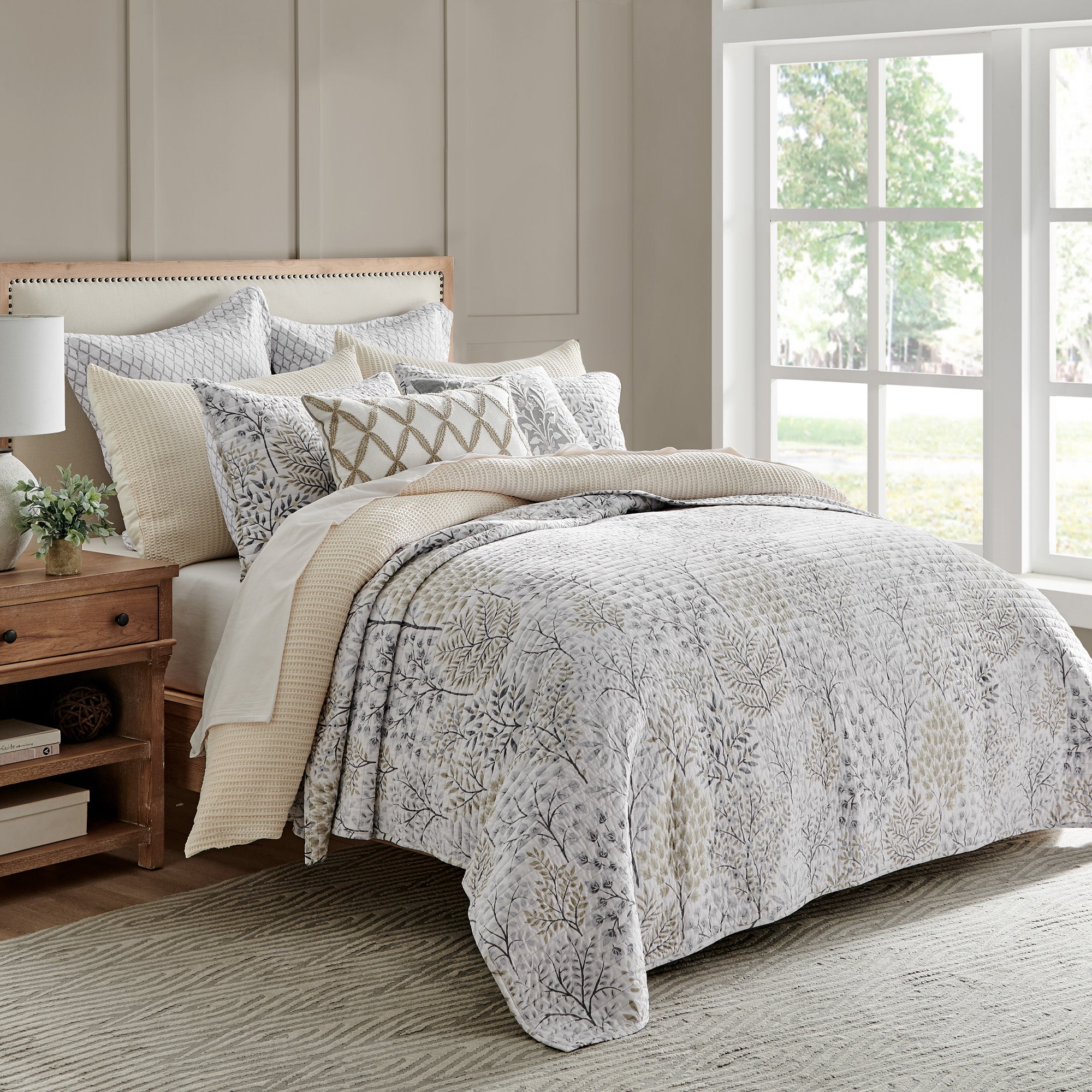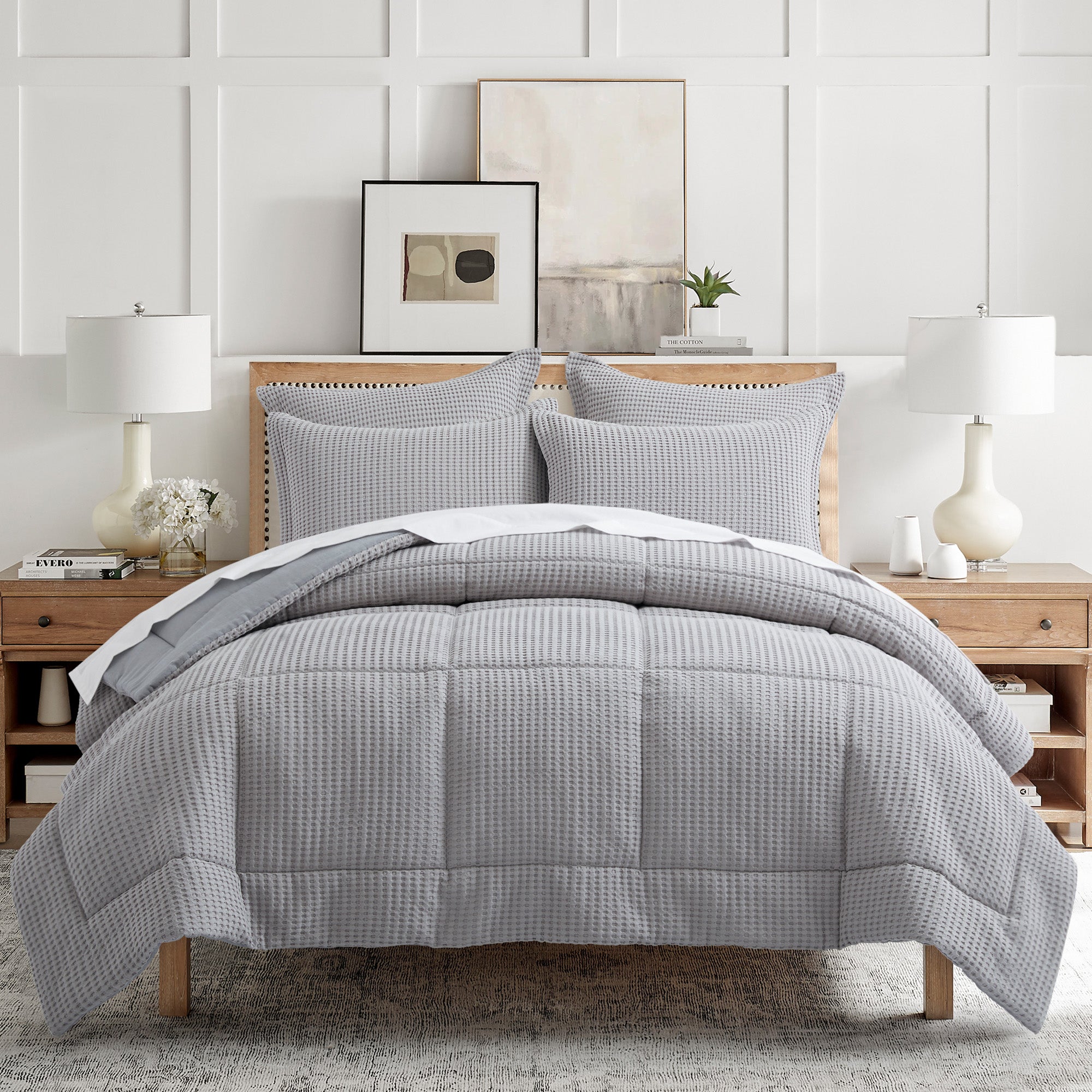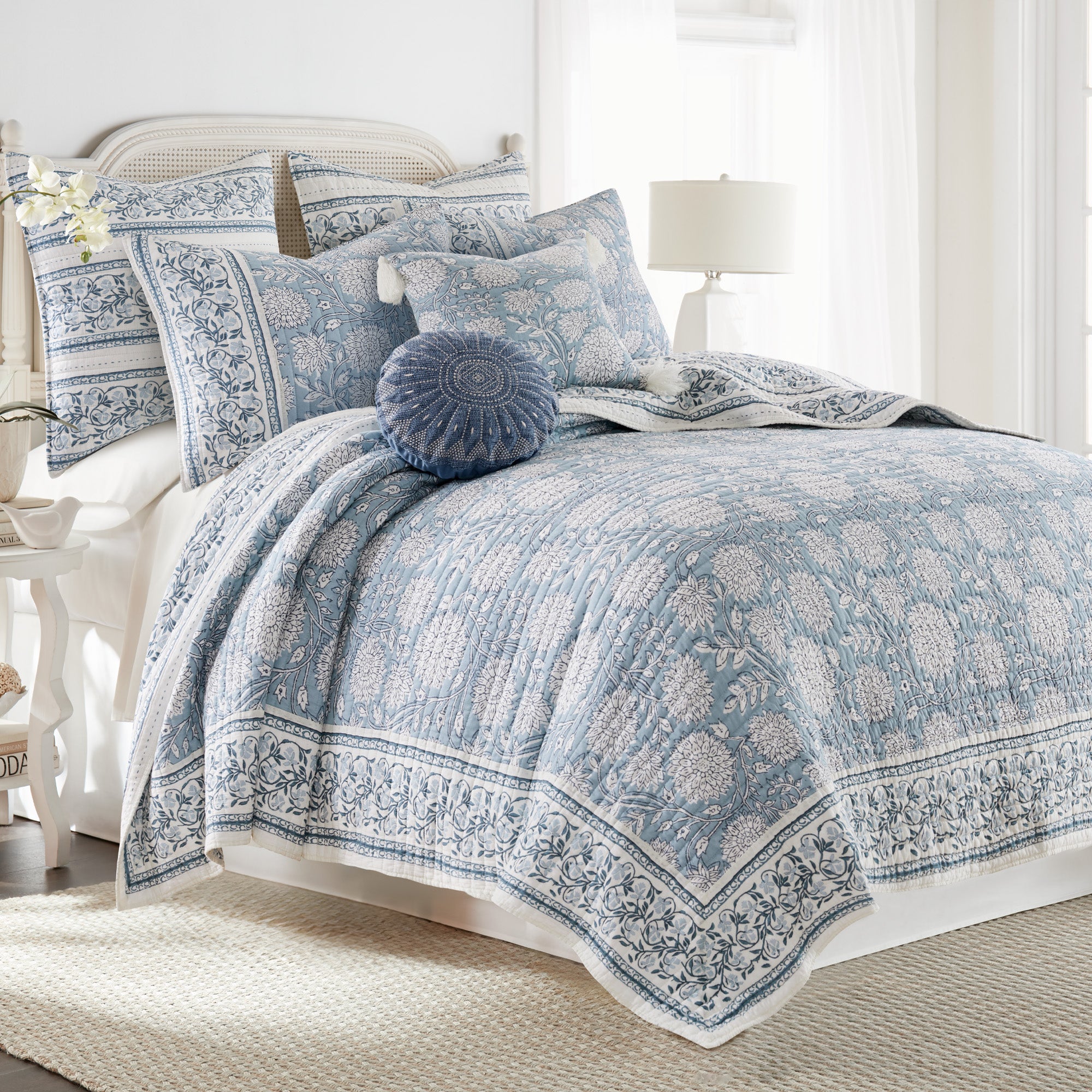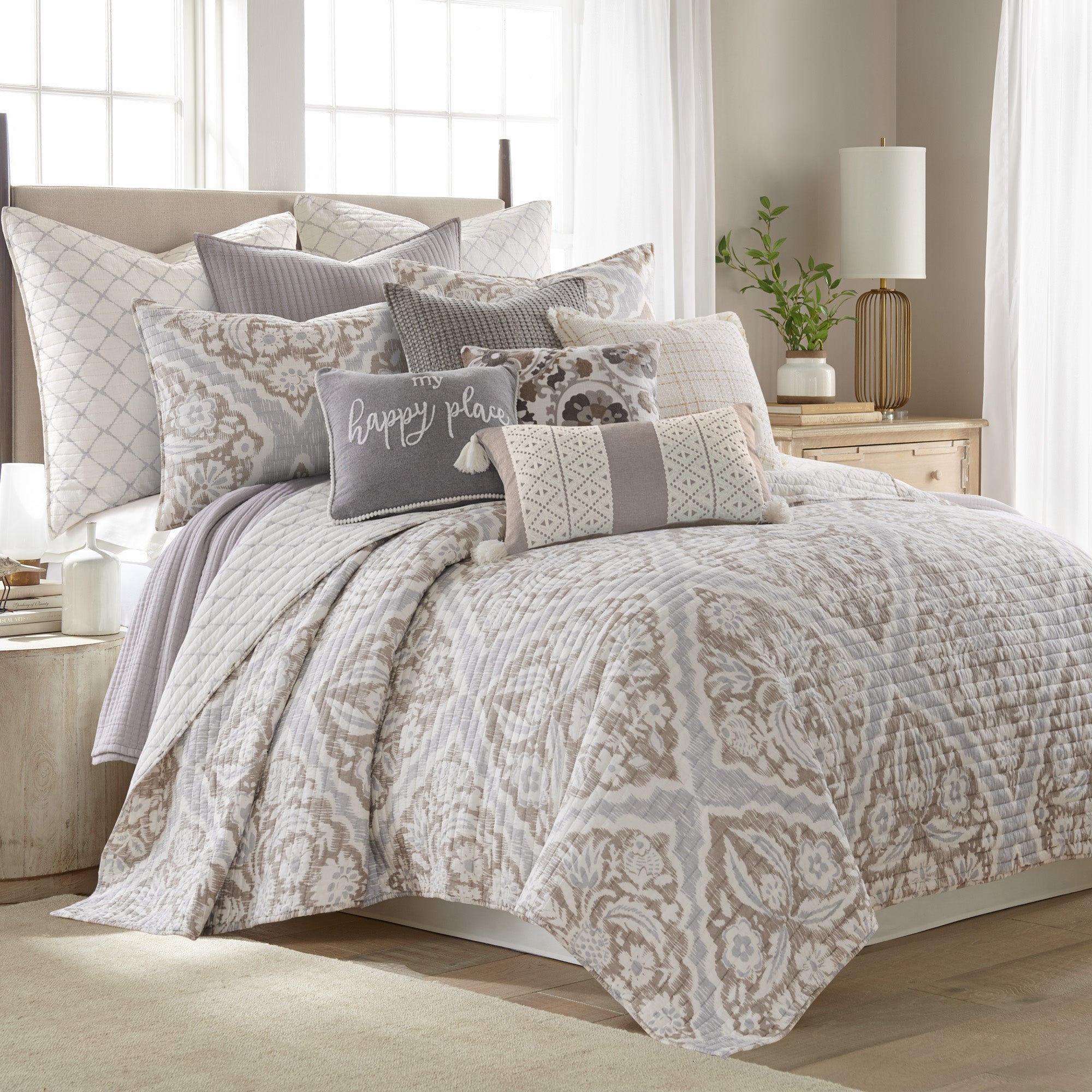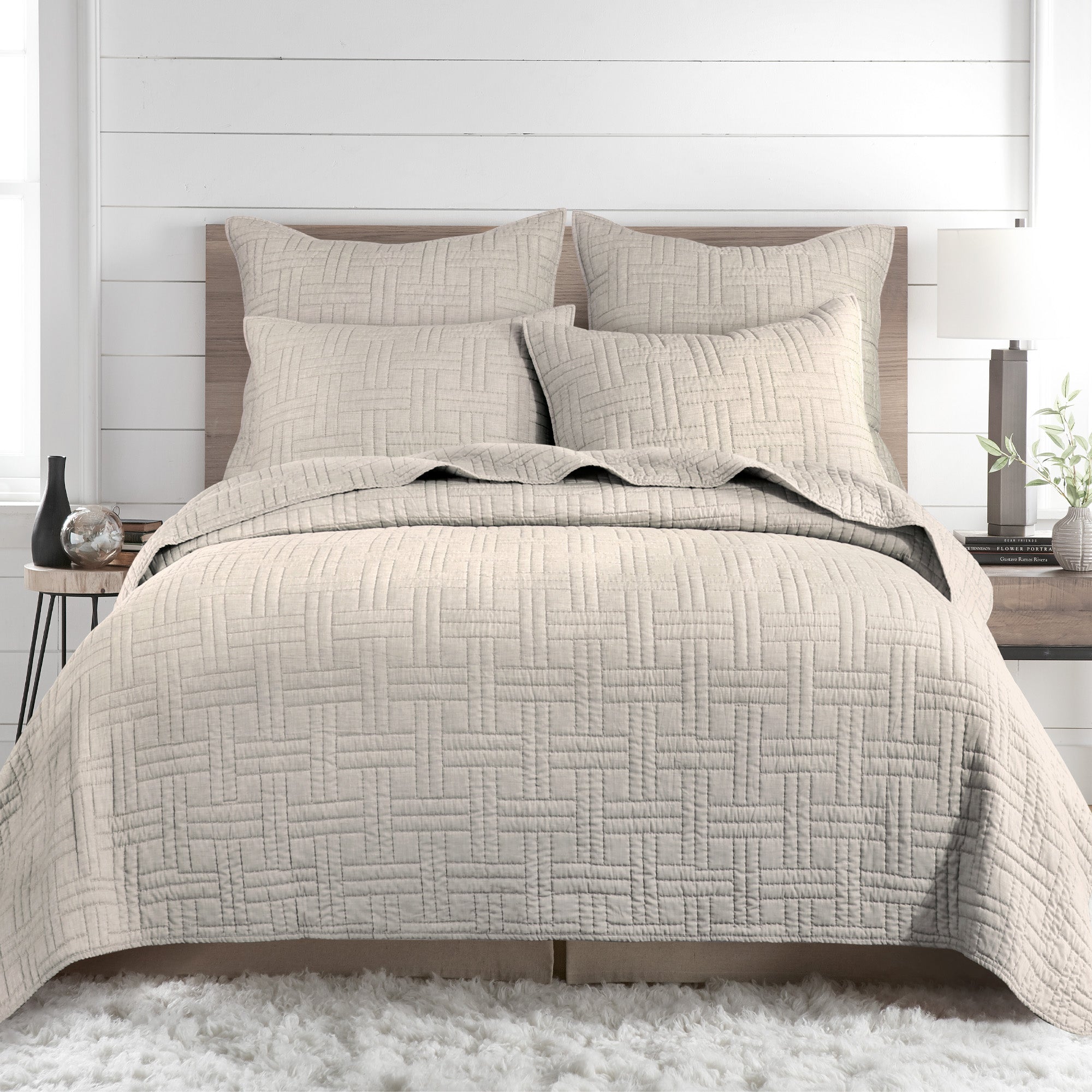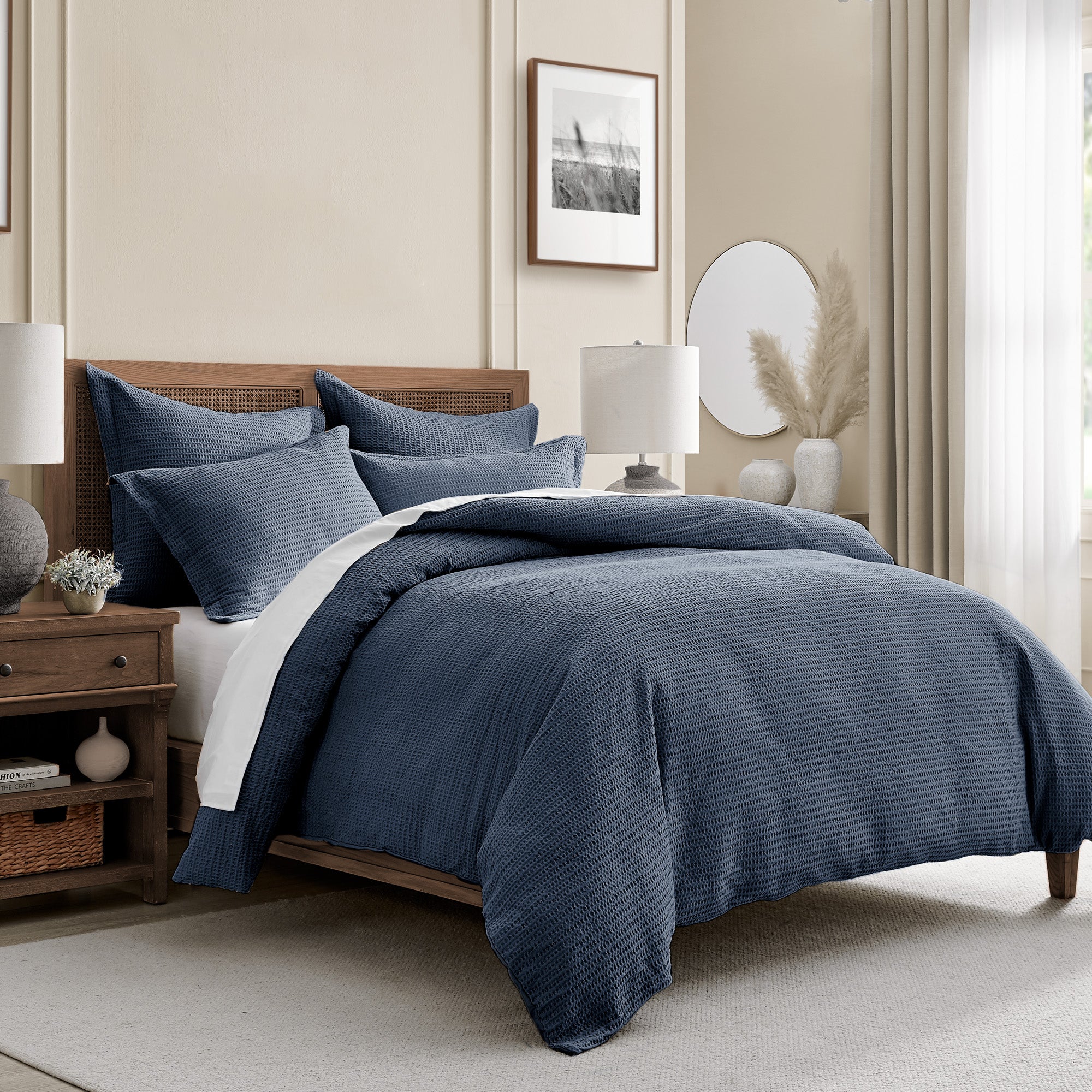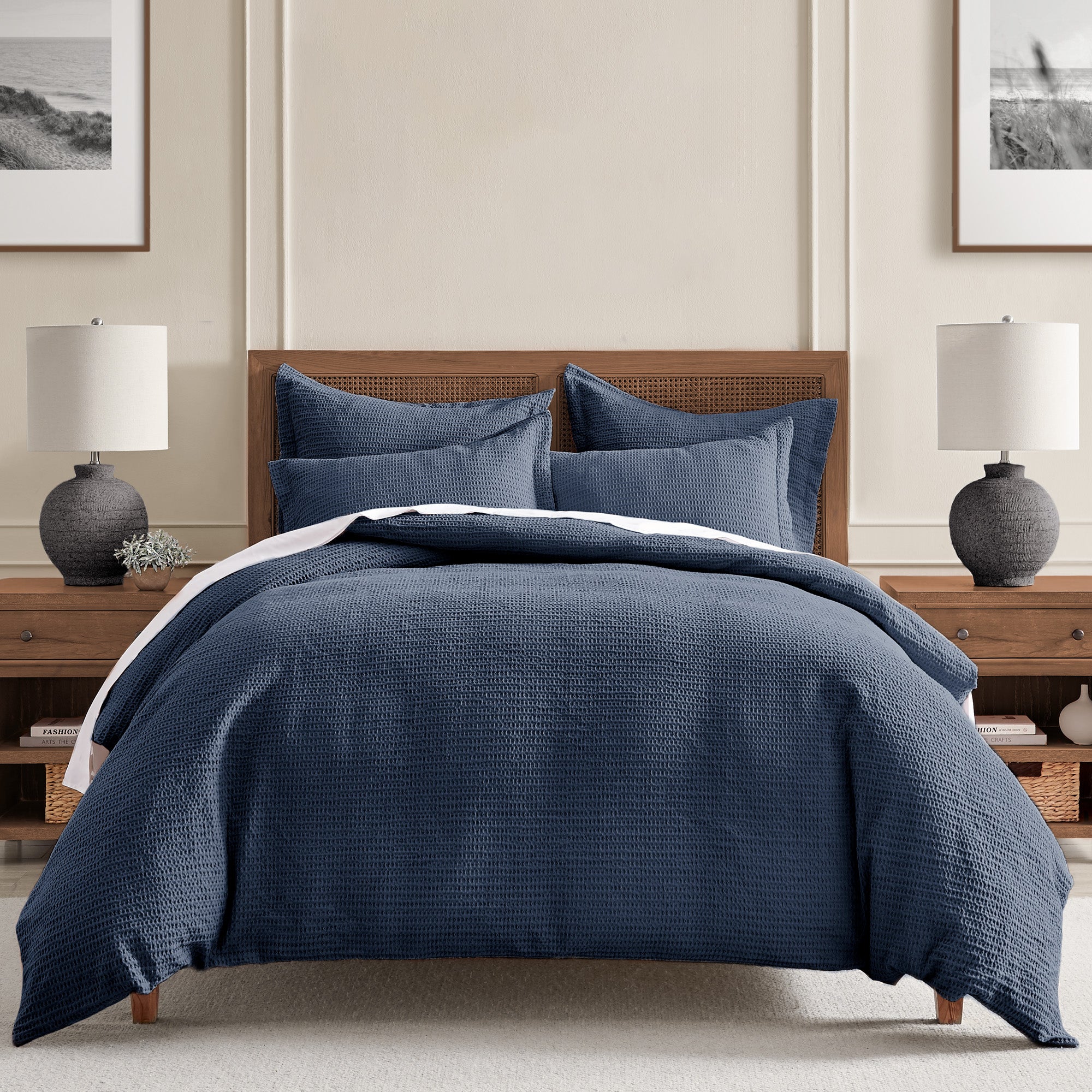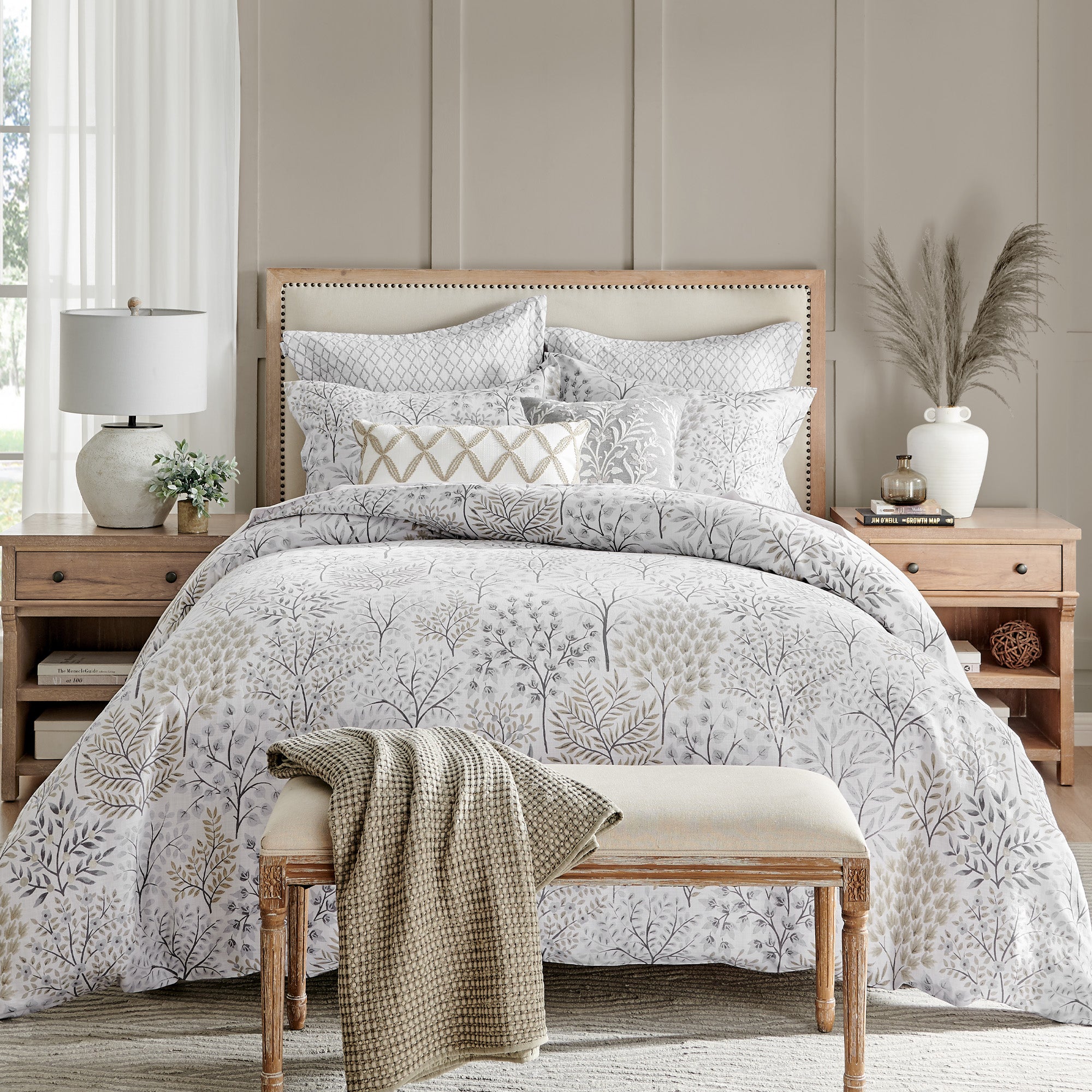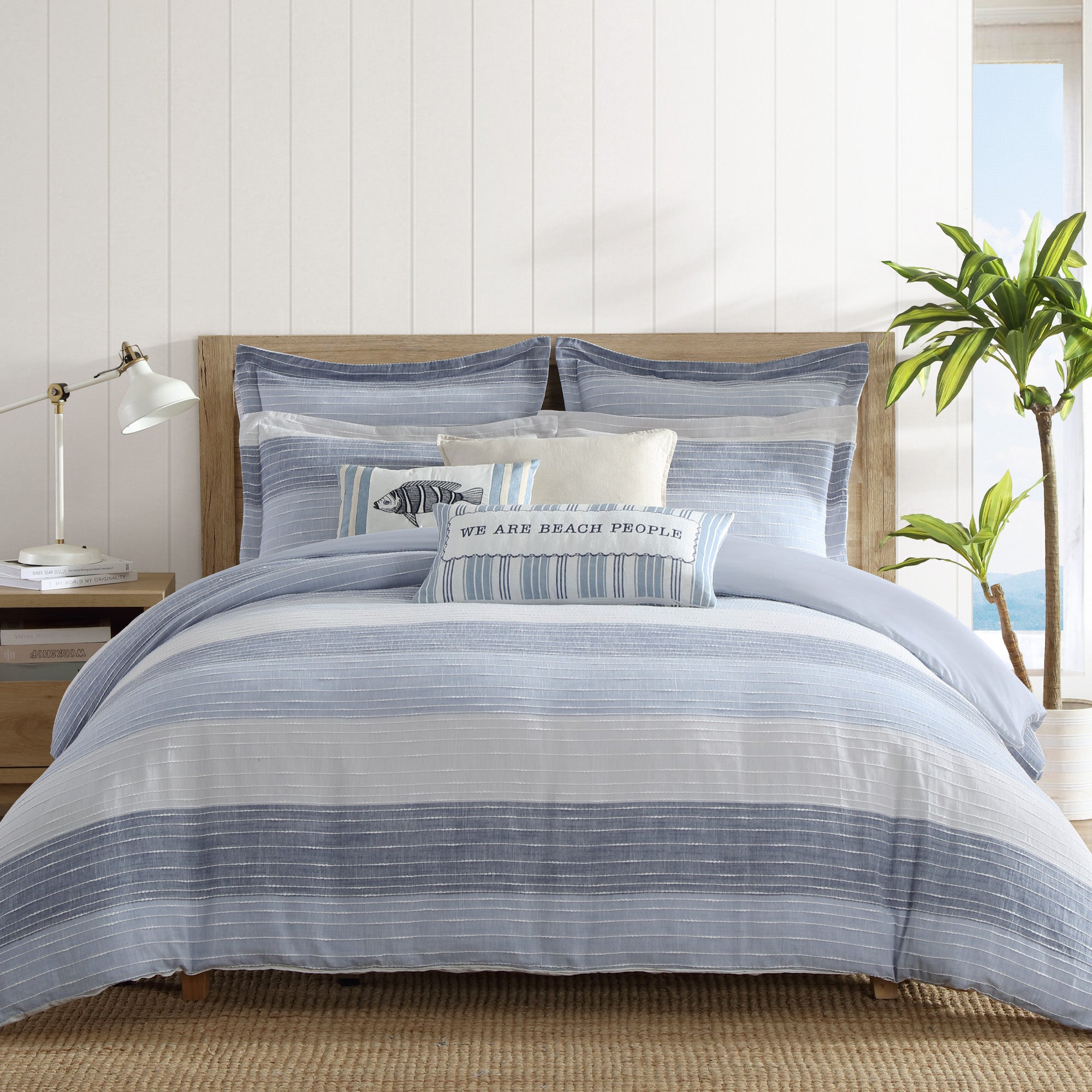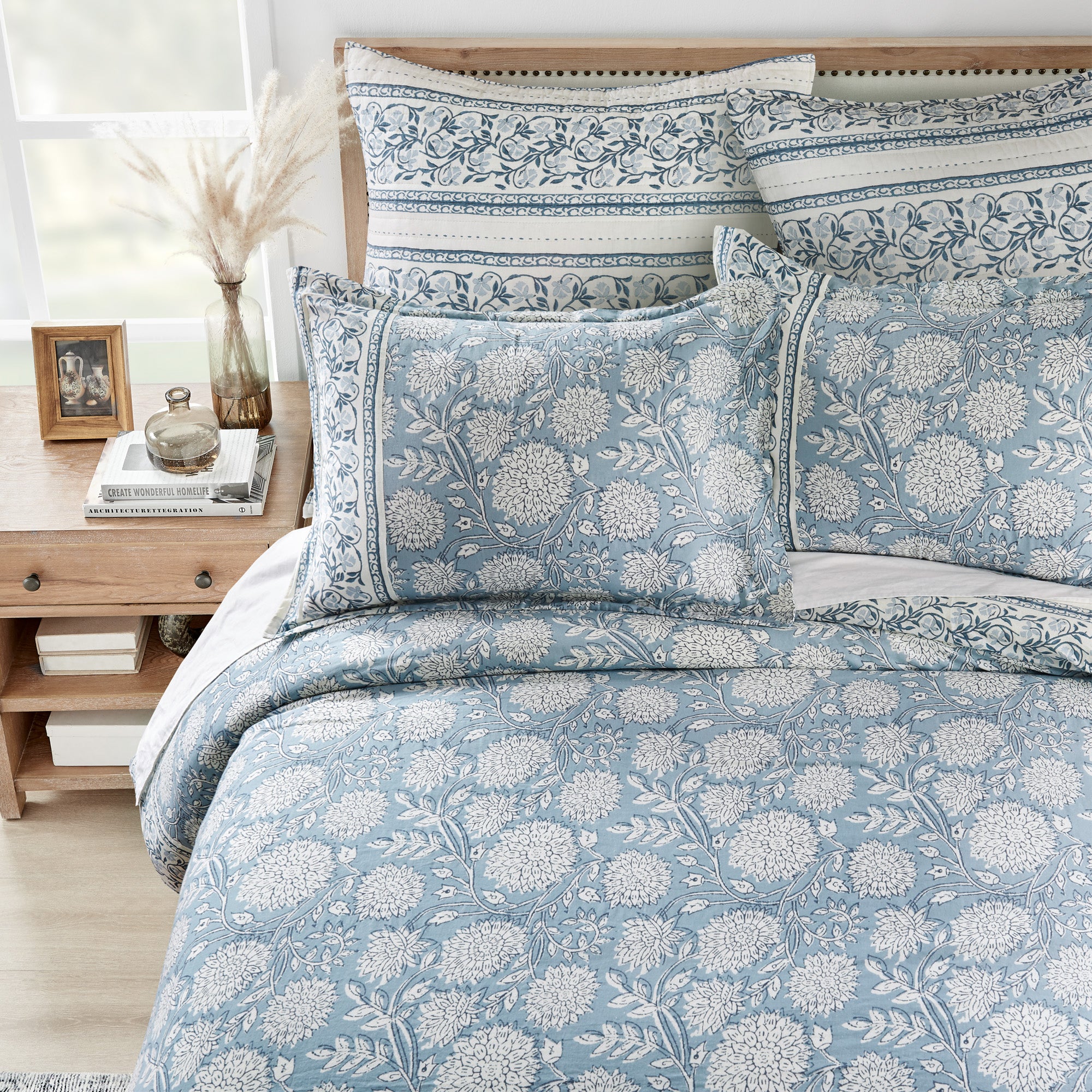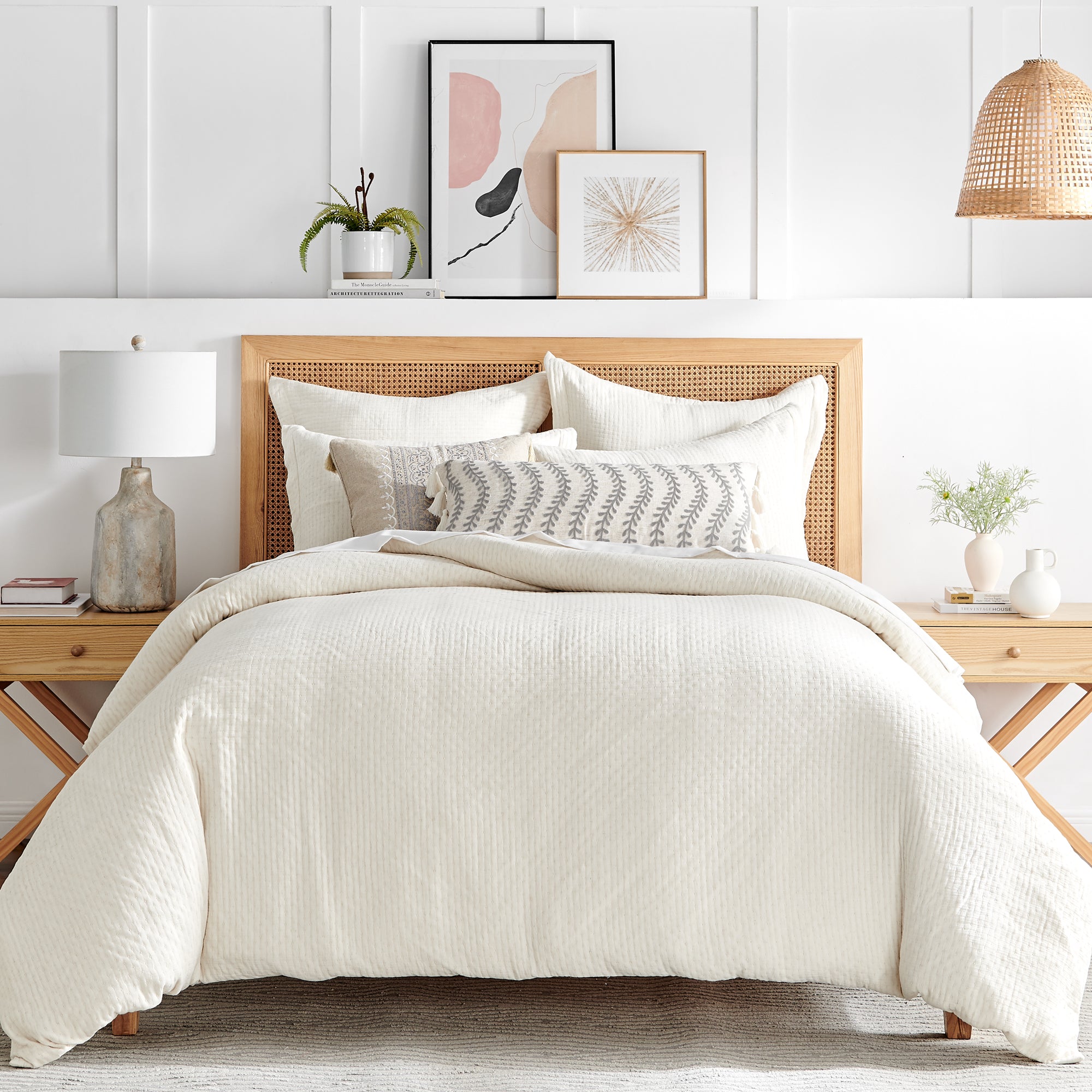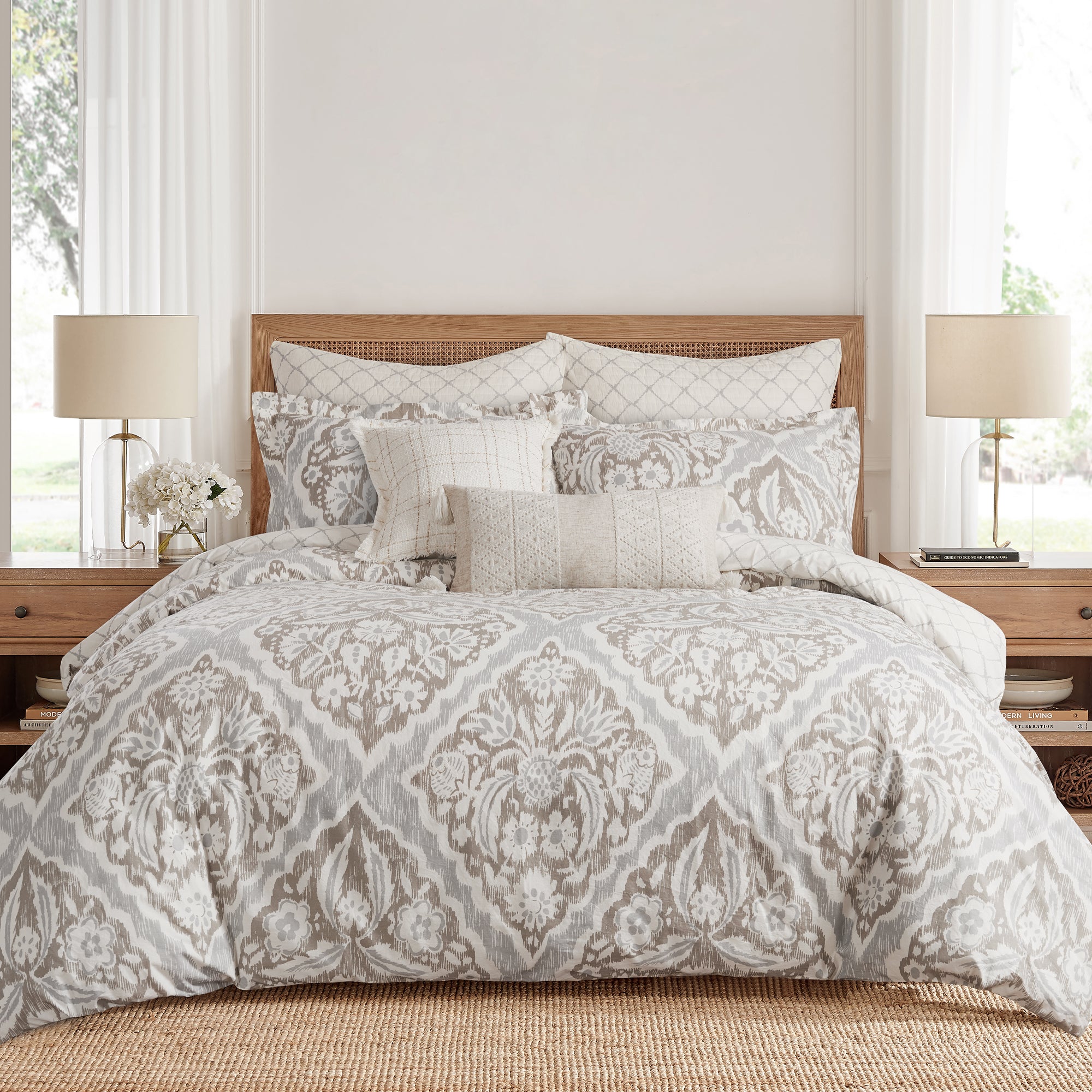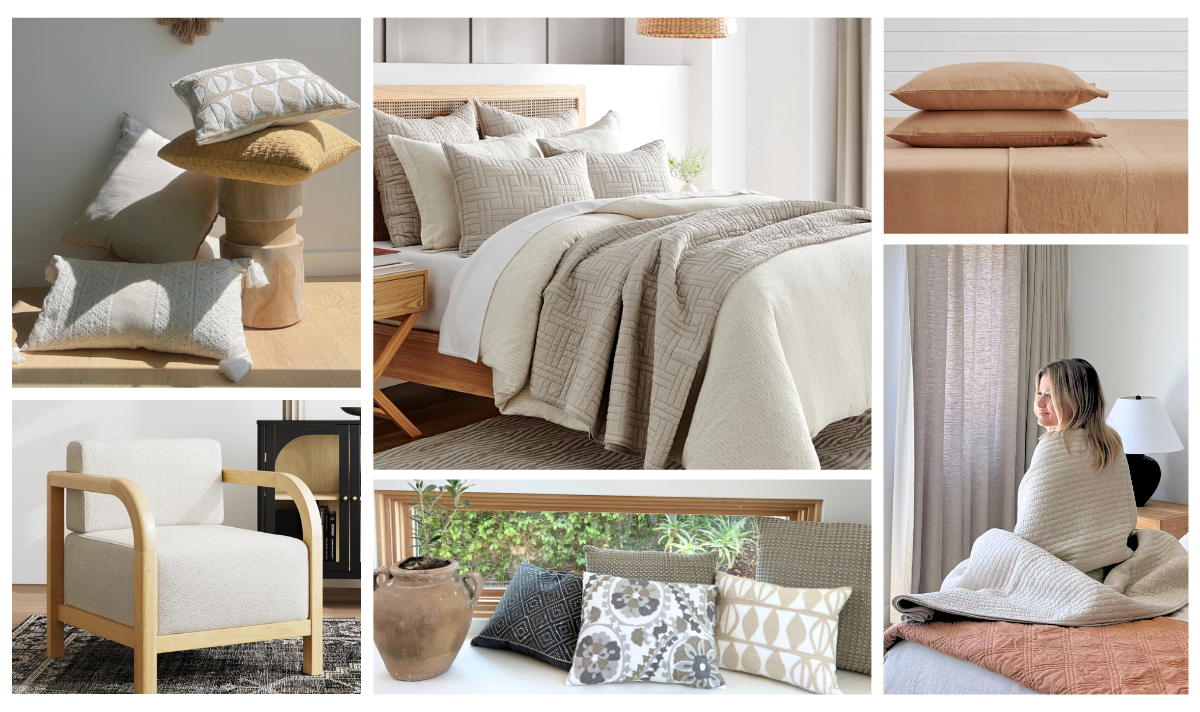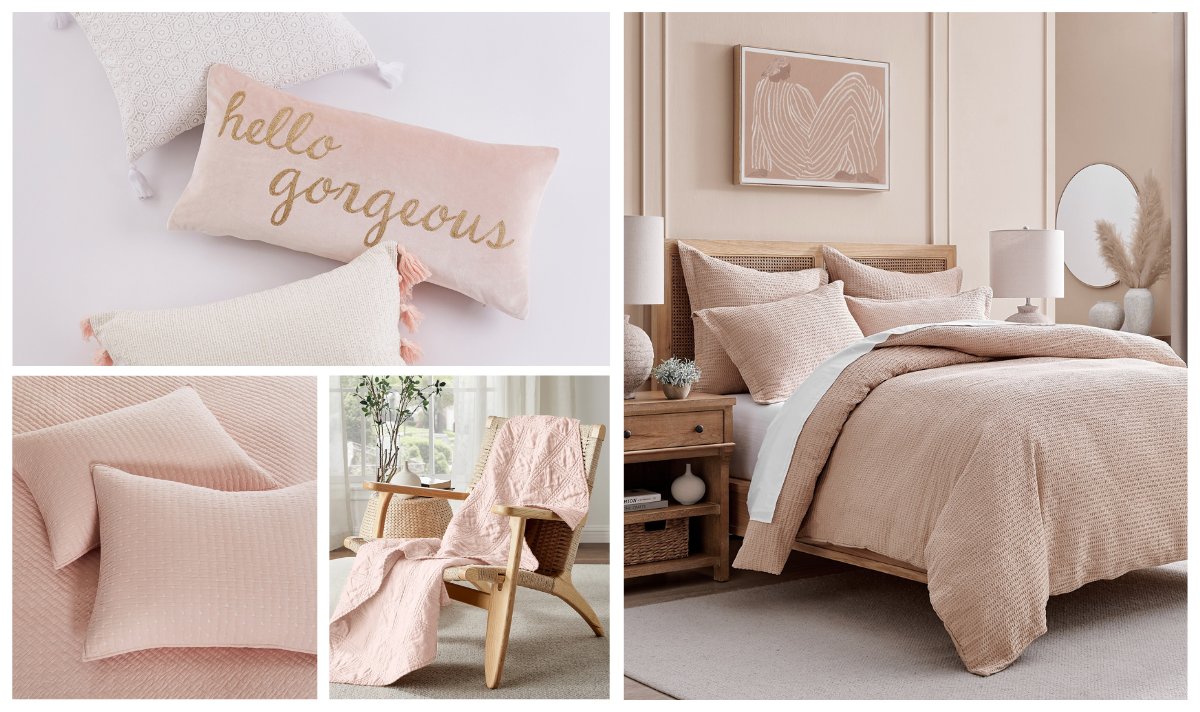What is Feng Shui?
“Feng shui is really an art that celebrates science. Its purpose is to achieve harmony and balance between humans and their environment.”Gabrielle Santiago, Feng Shui expert
Feng Shui, an ancient Chinese philosophy, focuses on harmonizing individuals with their surrounding environment. The word translates to "wind-water," symbolizing the flow of life energy, or Chi. The practice of Feng Shui is rooted in the belief that our surroundings deeply influence our well-being. Among other things, it offers a set of guidelines for arranging furniture, selecting colors and decor to cultivate balance and promote health, wealth, and happiness. Feng Shui has evolved over thousands of years and is constantly evolving, making its principles as relevant to modern living as ever.
At its core, Feng Shui is about creating an environment where energy flows smoothly, fostering positivity and vitality in every room. Whether you’re looking to boost productivity, improve relationships, or simply create a more serene living space, incorporating Feng Shui principles can be a transformative difference. Ready to embark on your Feng Shui journey? Let’s dive into some things you should know about Feng Shui.
The Basics of Feng Shui Principles
“Feng Shui is rooted in the idea that you find positive energy not by crossing your fingers and hoping for it, but by seeking it.”Gabrielle Santiago, Feng Shui expert
Understanding Chi (Energy Flow)
Chi is the invisible energy that flows through a space, influencing the ambiance and well-being of its occupants. In Feng Shui, positive Chi can enhance productivity, relaxation, and relationships, while blocked or stagnant Chi may cause discomfort or unease. Proper Chi flow requires thoughtful placement of items to encourage positivity and remove blockages. This might involve adjusting the arrangement of furniture, incorporating plants, or using calming harmonious colors to promote a sense of peace and clarity.
The Bagua Map: A Roadmap for Energy Zones
The Bagua map is a vital tool for Feng Shui enthusiasts. It divides your home into nine zones, each representing areas such as wealth, health, and relationships. By aligning your home’s layout with the Bagua, you can strategically enhance these life aspects. For example, the wealth zone might benefit from royal purple fabrics or objects representing abundance, while the health zone could feature earthy yellow tones to ground the space. Each zone has its unique attributes and recommended enhancements, making the Bagua map a practical guide for transforming your home.
The Five Elements: Balance and Interaction

In Feng Shui, five elements—wood, fire, earth, metal, and water—interact to create balance. Each element has specific attributes and can be represented through colors, shapes, or materials. For example:
● Wood: Enhances growth and vitality; incorporated through green hues, wooden furniture, or plants. Wood represents flexibility and strength, encouraging personal and professional growth.
● Fire: Symbolizes passion and energy; add candles, a fireplace, or red accents to invigorate the space. Fire can inspire creativity and drive, making it ideal for workspaces or areas where motivation is needed.
● Earth: Brings stability and nourishment; use earthy tones, terracotta pots, or ceramics to foster a sense of security and grounding.
● Metal: Promotes clarity and precision; include metallic decor, sculptures, or white and gray shades to enhance focus and organization.
● Water: Encourages wisdom and serenity; integrate blue tones, aquariums, or water features to create a calming, reflective environment.
Feng Shui Interior Design: Room-by-Room Tips
Living Room Feng Shui: Interior Design for Energy and Flow
Create an inviting and balanced living room by arranging furniture to allow easy movement and interaction. Avoid placing furniture in a way that blocks pathways, as this can disrupt Chi flow. Allow ample space between your furniture so that there’s a clear path for people. You don’t want to feel like you’re squeezing into any part of your rooms!
Walk through your house and ask yourself, "Which is the nicest part?" The most pleasant areas are usually by a window. As a source of light and natural ventilation, they can help circulate light, air and energy. That's where you want to spend most of your time.Cliff Tan, architect and Feng Shui enthusiast
Add Levtex Home throws to infuse color and texture that align with your chosen elements. Incorporate decorative pillows that match the Bagua zone in which your living room resides. Soft lighting, such as table lamps or dimmable overhead lights, can further enhance your room’s atmosphere. Try to avoid too much direct overhead lighting unless absolutely necessary.
Bedroom Feng Shui: Interior Design for Rest and Relaxation
The bedroom is your sanctuary for rest and intimacy. Position your bed against a solid wall for support but avoid aligning it directly with the door path (imagine an invisible line coming from the entry door) to prevent energy from rushing toward you. Ensure symmetry by using matching bedside tables and warm lighting to promote harmony. Opt for soothing colors like pastels or neutrals to encourage relaxation. Keep the space clutter-free, particularly under the bed, to maintain serene energy and promote restful sleep.

Dining Room Feng Shui: Creating a Harmonious Interior Space
The dining room symbolizes nourishment and family unity. Opt for earthy tones in table decor (feeling adventurous? try using a quilt as a tablecloth), accented by accessories like napkins and napkin holders to ground the space. A round or oval dining table is ideal for fostering a sense of equality and connection. Incorporate elements like fresh flowers or a bowl of fruit to symbolize abundance and vitality.
Using Colors and Textiles for Feng Shui Balance
Colors play a significant role in Feng Shui, reflecting the energy of the five elements. For instance, soft blues and greens evoke tranquility, while reds embolden a space. Levtex Home’s collections offer a variety of bedding and decor to align with these principles. Consider:
● Light, neutral tones for peaceful bedrooms to promote restful sleep and relaxation.
● Vibrant pillows to spark conversation and energize the living room.
● Earthy-hued throws to stabilize energy in communal spaces, creating a welcoming environment.
By strategically using textiles like curtains, rugs, and cushions, you can subtly balance the elements while furthering the aesthetics of your home.

Decluttering and Organization for Feng Shui Success
A clutter-free home is essential for good Chi flow. Decluttering removes stagnant energy and creates room for new opportunities. Start by tackling one area at a time, focusing on spaces that tend to collect items. Common places for over clutter are entryways, closets, and countertops. Then after tackling one spot, move to the next within the same room. Segmenting out your organization creates gradual progress, which is easier to maintain than undergoing one monumental task.
"Always try to include a shoe rack, hooks for coats, and storage for rain gear/umbrellas. It's important that all these items have their 'own place to call home' as they hold the energy of the world beyond your front door."Kristin Esposito, interior architect and designer
Decluttering is one of the practices you will truly feel when following Feng Shui. It takes a good look at everything you own to ask yourself, “Do I really need that?” You’d be surprised to learn that the answer is “no” more than you think!
Practical Feng Shui Decorating Ideas for a Balanced Interior
"Deal with the worst things first. That's where the impact is greatest. There's no point in creating a cute shelf in the kitchen when every time you walk in, you see this shoe rack and it makes you angry. Put the shoe rack somewhere else — or if you want to leave it in your kitchen, make it nice. Paint it pink, build a curtain around it."Cliff Tan, architect and Feng Shui enthusiast
● Lighting: Maximize natural light to uplift Chi. Use sheer curtains to let sunlight filter through or strategically place mirrors to reflect light into darker corners.
● Plants: Incorporate greenery to enhance vitality and air quality. Favor plants with rounded leaves for gentle energy and avoid sharp, spiky plants, which can disrupt harmony.
● Mirrors: Use mirrors thoughtfully to expand spaces and redirect Chi. Place them to reflect beautiful views or natural light, but avoid positioning them opposite beds or doors, as this can create restlessness.

Conclusion
“Your home is a reflection of yourself. The positive changes you make are positively and beneficially reflected in your life.”Gabrielle Santiago, Feng Shui expert
Feng Shui interior design is a powerful tool for creating a harmonious home that nurtures your well-being and enhances your life. By understanding its principles and integrating its practices, you can achieve a space that’s both functional and energetically balanced. Whether you’re redesigning a single room or your entire home, these tips will guide you toward a more peaceful and prosperous living environment. Explore Levtex Home’s collections today and start your journey toward a Feng Shui living space.
FAQs
What is Feng Shui, and why is it important in interior design?
Feng Shui is a holistic approach to arranging your home to promote harmony and balance, enhancing well-being and success. It emphasizes the connection between your environment and your life, offering practical methods to improve both.
Feng Shui is an ancient Chinese philosophy that has been practiced for centuries, focusing on optimizing the energy flow in a space to support health, relationships, and prosperity. By applying Feng Shui interior design principles, you can create a more intentional living environment where Chi moves freely, reducing stress and promoting positivity.
How do I use the Bagua map in my home?
Overlay the Bagua map on your home’s floor plan, aligning the career zone with your front door. Decorate each zone with corresponding elements and colors to enhance specific life areas. For example, the wealth zone might benefit from a jade plant, while the relationship zone could feature paired items like candlesticks or artwork.
This Feng Shui interior design tool helps you intentionally arrange furniture and decor to align with your personal goals and aspirations. Understanding the interaction between elements such as wood, metal, and water within the Bagua zones can further refine the energy balance of your home, improving harmony in every room.
What are the five Feng Shui elements, and how do I incorporate them?
The five elements—wood, fire, earth, metal, and water—can be integrated through decor choices like colors, shapes, and materials. Balance these elements to harmonize your space by distributing their presence throughout your home.
Feng Shui is a holistic practice that considers various factors, including how these elements interact within a given space to influence mood and overall well-being. Whether through wooden furniture in the living room, metal accents in the office, or a small water feature in the entryway, incorporating these elements mindfully enhances both aesthetics and energy flow.
How can Levtex Home products enhance my Feng Shui-inspired decor?
Levtex Home offers a wide range of textiles and decor that help you seamlessly incorporate Feng Shui principles while maintaining a stylish aesthetic. Their products provide the perfect blend of function and beauty, making it easier to achieve a harmonious home.
References
1. "What Is Feng Shui and How to Use It for a Happier Home" on Better Homes & Gardens - https://www.bhg.com/decorating/lessons/basics/what-is-feng-shui
2. "Feng Shui Lessons From a Design Master Who Has Your Back" on New York Times https://www.nytimes.com/2020/09/29/style/fengshui-interior-design-lesson.html
3. "7 Simple Ways to Use Feng Shui in Your Home" on Architectural Digest - https://www.architecturaldigest.com/story/simple-ways-to-use-feng-shui-in-your-home
4. "6 design tricks to transform your home, according to a feng shui expert" on NPR - https://www.npr.org/2024/07/19/g-s1-12312/feng-shui-inspired-design-tricks-transform-your-home

